Small bathrooms come with their own set of challenges, and when it comes to adding essential storage like a medicine cabinet, things can get tricky. One of the most important aspects to consider is the depth of the cabinet. Measure it correctly, and you'll have a functional and sleek solution. But get it wrong, and you might end up bumping into corners or finding that the cabinet doesn’t open fully. Understanding how to measure depth for a medicine cabinet is crucial, especially when working with limited space. But don’t worry—we’ll guide you through every step.
Why Measuring Depth Matters in Small Bathrooms
Small bathrooms often have limited space, and every inch counts. A medicine cabinet that sticks out too far can feel bulky and out of place. On the other hand, choosing a cabinet that's too shallow may not offer enough storage for your daily essentials. Balancing function with aesthetics is key, and that starts with knowing the right way to measure depth.
Pro tip: Choosing brands like Wellfor can give you an edge, as their cabinets are designed with space-saving features in mind.
Tools You'll Need for Measuring Depth
Before you get started, gather the tools you'll need to measure accurately:
· Tape measure
· Pencil and paper for jotting down measurements
· Small level (optional, but helps with accuracy)
· Masking tape (to mark areas temporarily)
· Step stool (if needed for higher positions)
Having these tools on hand ensures that your measurements are precise, saving you from avoidable errors later.
Step-by-Step Guide to Measuring Depth for Medicine Cabinets
Getting an accurate measurement involves examining the space where the medicine cabinet will go, as well as its surroundings. Follow these steps carefully:
1. Determine the Placement of the Cabinet
First, decide where the cabinet will be installed. Typically, medicine cabinets are placed above the sink or vanity. However, if space is limited, you might consider alternate spots like an adjacent wall.
· Tip: Ensure your chosen location is free from any obstacles like light fixtures or towel racks.
2. Check for Wall Type and Depth
The type of wall you’re working with influences your options. Medicine cabinets can either be surface-mounted or recessed-mounted, and this directly impacts the required depth.
· Surface-mounted cabinets sit against the wall, and their entire depth is external. These are ideal for small bathrooms where recessing into walls isn’t feasible.
· Recessed cabinets, on the other hand, are installed partially inside the wall, giving a streamlined appearance. However, they require a deeper wall cavity.
For recessed cabinets:
· Use the tape measure to check the depth of your wall cavity. Usually, interior walls are around 4 inches deep. If you have a load-bearing wall, you may have even more depth to work with.
3. Measure the Cabinet Depth
Once you've finalized the type of cabinet, measure the depth of the cabinet itself. Use the following steps:
· Lay the cabinet flat if you already have it, or check the product specifications if shopping online (Wellfor provides detailed dimensions for their products).
· Measure from the back of the cabinet to the front edge, including any decorative molding or trim.
4. Measure Clearance Space
Now that you know the cabinet depth, it’s critical to measure its clearance.
· Above the Sink or Vanity: Check how far out the cabinet will extend. Ideal depth is between 4-7 inches for surface-mounted cabinets, ensuring it doesn’t obstruct activities at the sink or feel intrusive.
· Doors and Mirrors: Swing the cabinet door open fully, ensuring it won't hit light fixtures, nearby walls, or faucets.
· Daily Comfort: Stand in front of where the cabinet will be installed. If it sticks out too far when mounted, it might feel awkward to use.
5. Account for Fixtures and Accessories
Small bathrooms often pack in several elements like light fixtures, towel rods, or faucets. Measure their distances and heights to ensure your medicine cabinet won’t interfere.
· Measure the gap between the wall and any nearby faucet or sink edge.
· For recessed cabinets, confirm that there are no internal obstructions, like plumbing or electrical wires, within the wall cavity.
6. Consider the User’s Height
A practical placement for a medicine cabinet is at eye level for most users. This positioning affects how well you can reach items. Standard heights for installing a cabinet range from 12-18 inches above the sink edge, depending on household preferences.

Choosing the Right Medicine Cabinet Depth for Small Bathrooms
You’ve done your measurements; now it’s time to pick the right cabinet. Here are some considerations:
· Shallow-depth cabinets (3-5 inches): These are ideal for very tight spaces. They’re streamlined, saving space while still offering essential storage.
· Mid-depth cabinets (6-7 inches): Striking a balance, these suit most small bathrooms. Wellfor offers such options that fit well in compact areas.
· Deep cabinets (8+ inches): If you have recessed availability or a spacious sink/vanity, deeper cabinets maximize storage.
Consider Wellfor medicine cabinets, which combine smart design with practical depths for small bathrooms. Some models include features like LED mirrors or adjustable shelves, making them versatile for small spaces.
Additional Tips for Installing a Medicine Cabinet in Small Bathrooms
Measuring depth is just one piece of the puzzle. To make your cabinet installation seamless, keep the following tips in mind:
· Pick a mirrored cabinet: This dual-purpose option saves wall space by doubling as a mirror and storage space.
· Optimize corner spaces: If wall space is scarce, consider corner-mounted cabinets that utilize every inch of your bathroom.
· Match the cabinet to your bathroom style: Whether modern or classic, choose finishes and materials that complement your décor.
· Use light-colored cabinets or mirrored backs: These tricks create the illusion of more space in tiny bathrooms.
· DIY or professional installation: If you're handy, cabinets like those from Wellfor come with straightforward instructions. For recessed installations, though, a professional might be needed to handle wall modifications.
Common Measurement Mistakes to Avoid
Accurate measurements are key to a smooth experience. Here’s what NOT to do:
1. Guessing without actually measuring. Always use a tape measure for precision.
2. Ignoring clearance space. Ensure the cabinet door can open freely without hitting anything.
3. Choosing oversized cabinets. A bulky medicine cabinet can overwhelm a small bathroom.
4. Forgetting to check wall cavities. Recessed cabinets may not fit if the wall isn’t deep enough.
Final Thoughts
Measuring depth for a medicine cabinet might seem like a small detail, but it has a big impact on both the functionality and design of your bathroom, especially if the space is limited. By following the steps outlined above, you can ensure your cabinet not only fits seamlessly but also enhances the overall aesthetic and usability of your bathroom.
Whether you're giving your small bathroom a makeover or simply looking for a better storage solution, picking the right cabinet depth is a decision that deserves careful thought. Brands like Wellfor offer a variety of stylish and efficient medicine cabinet options designed to meet the needs of compact spaces. With the right measurements, tools, and planning, your small bathroom can feel organized, elegant, and more spacious than ever.

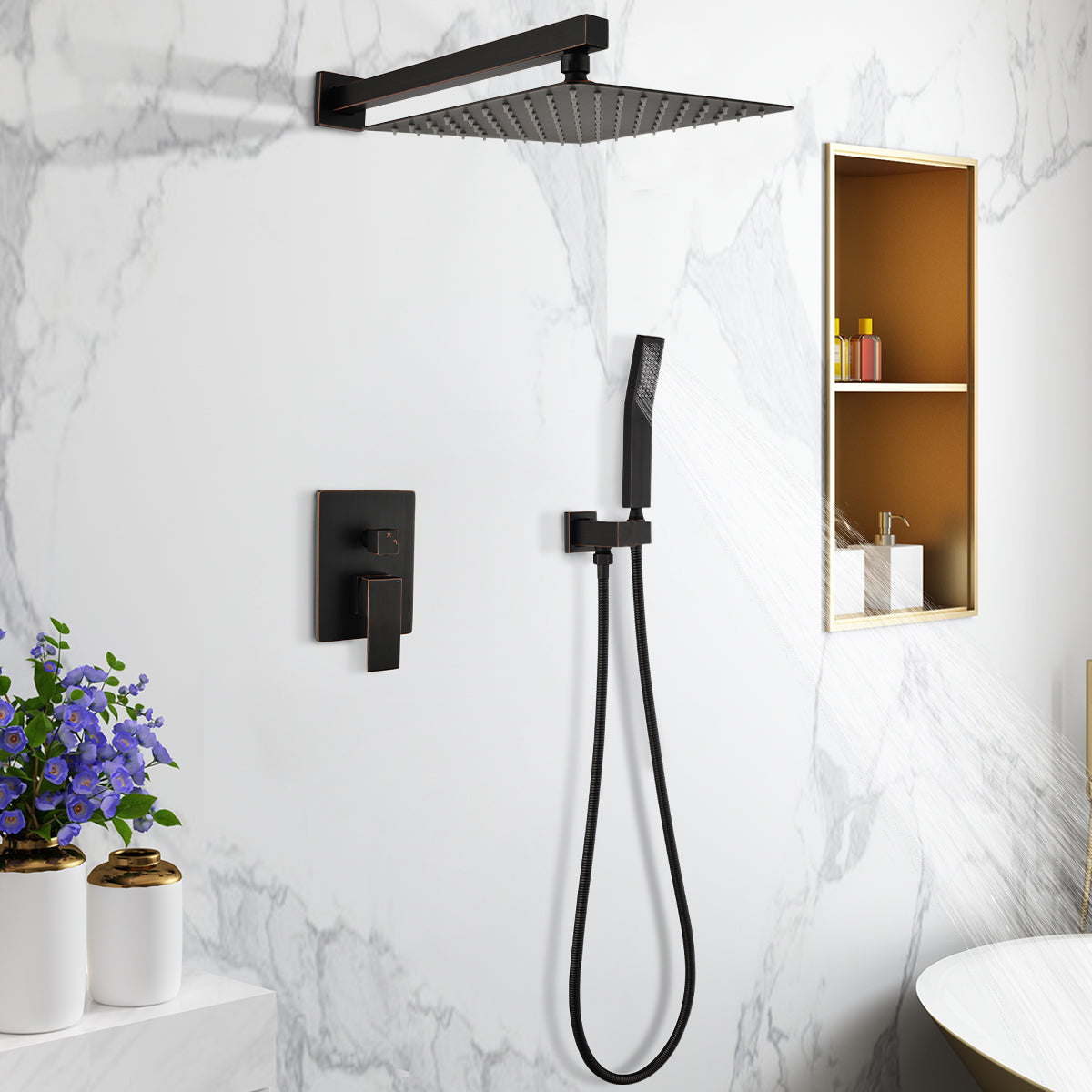
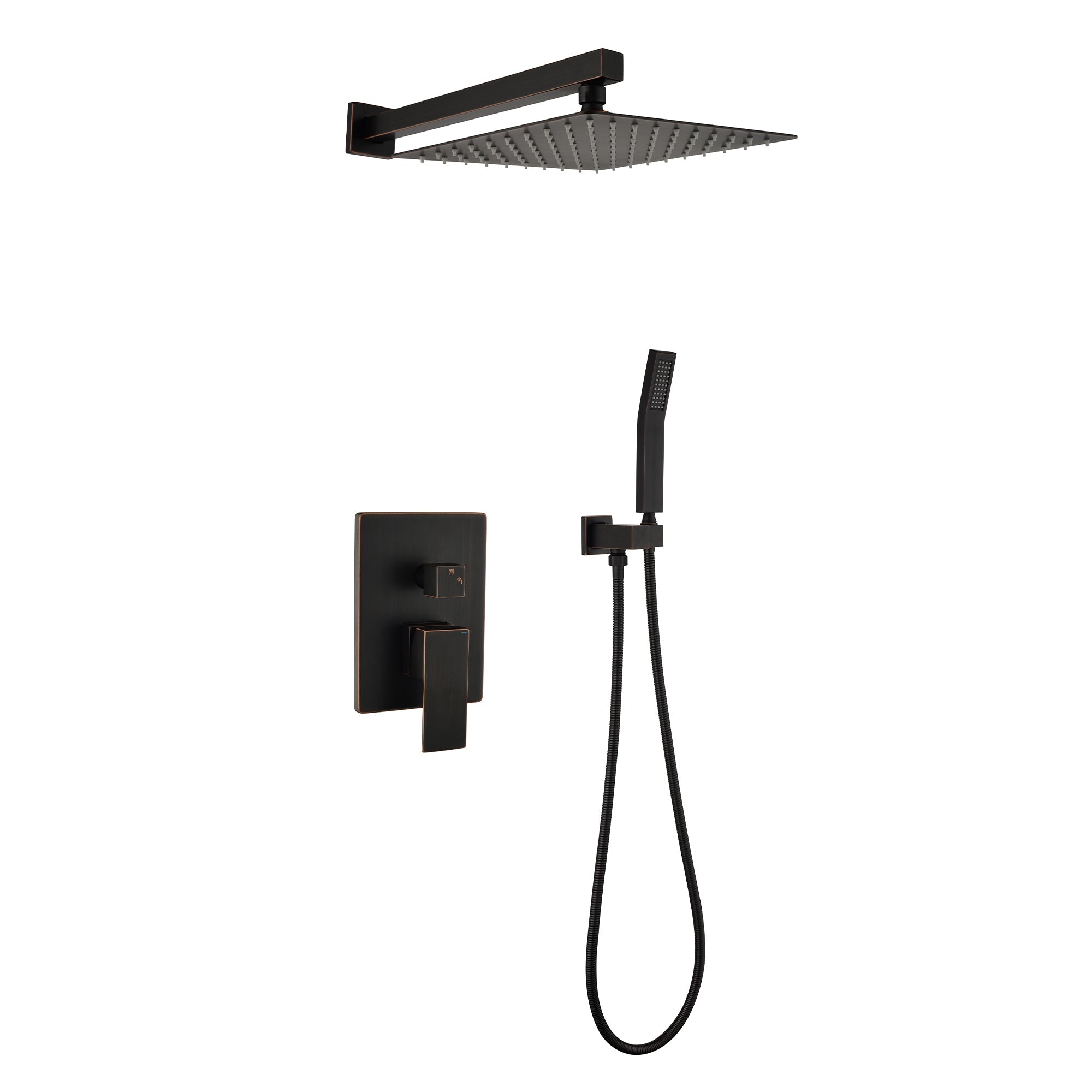


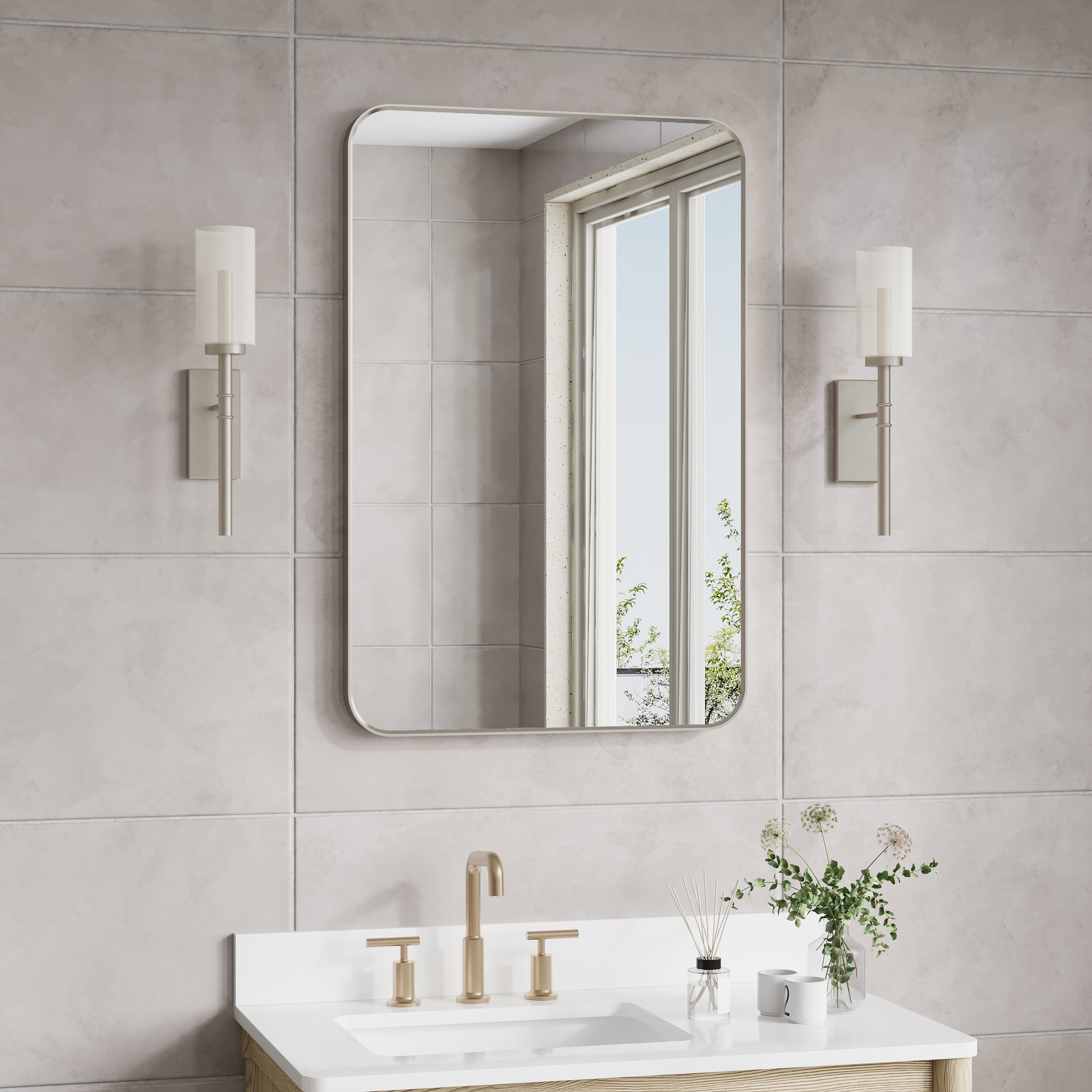
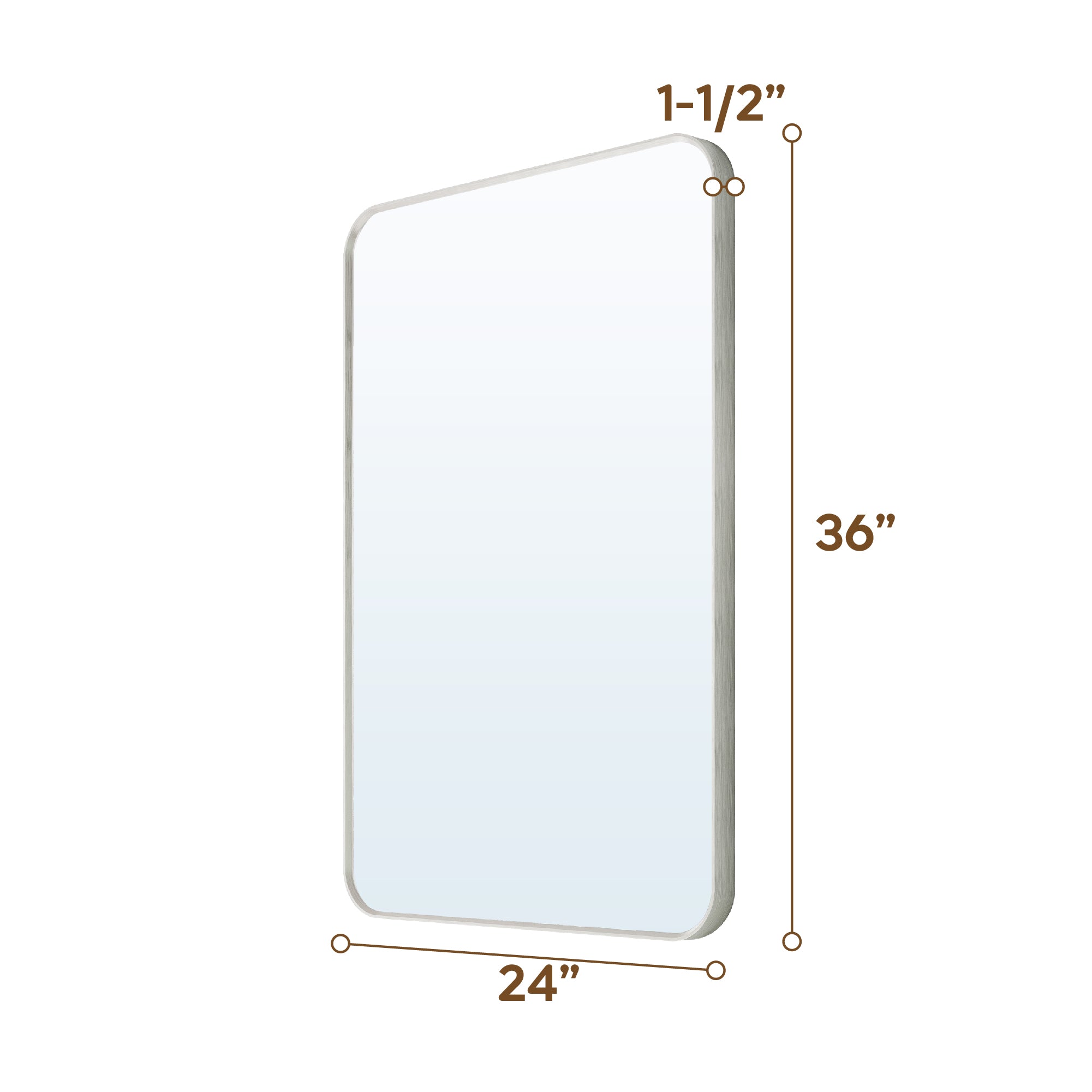
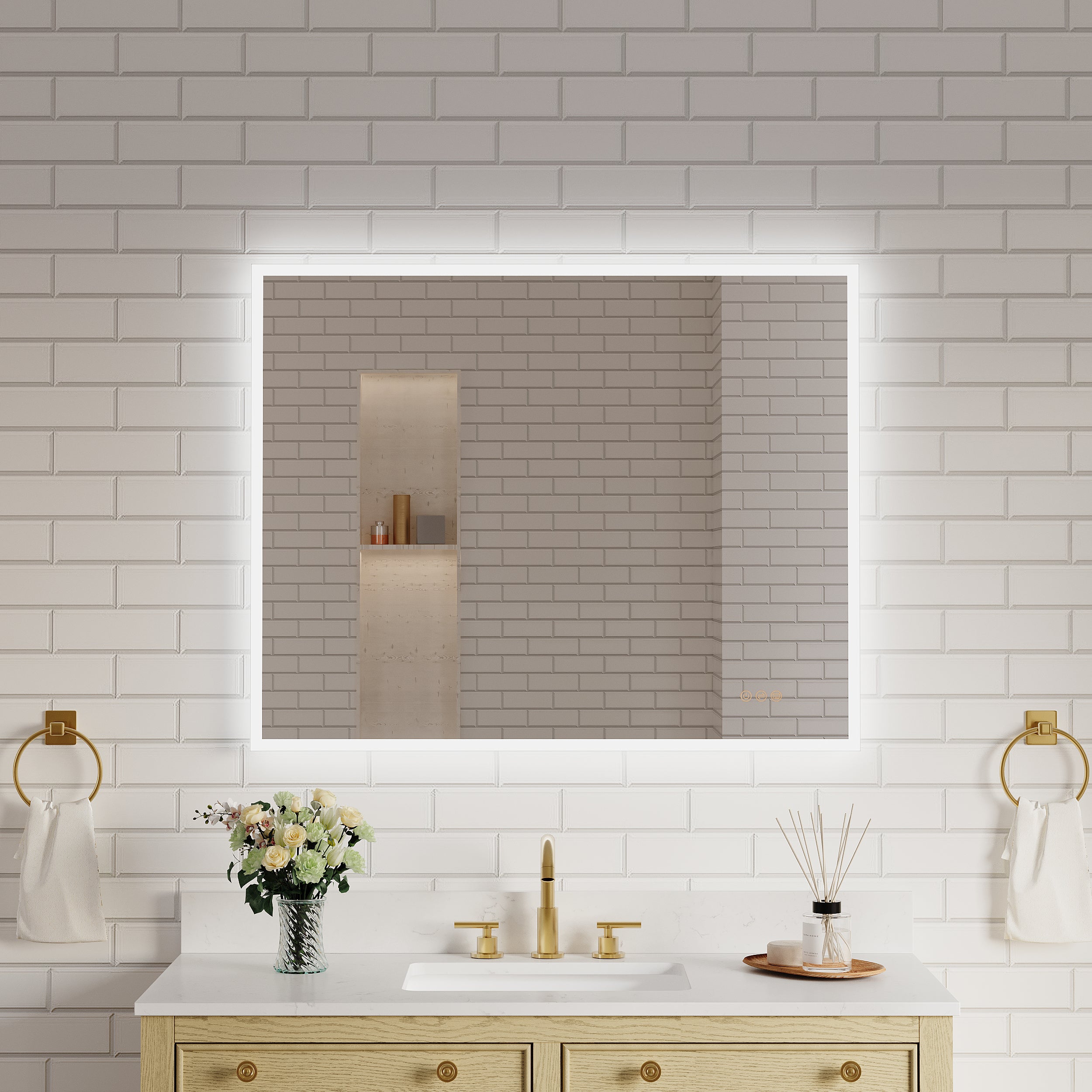
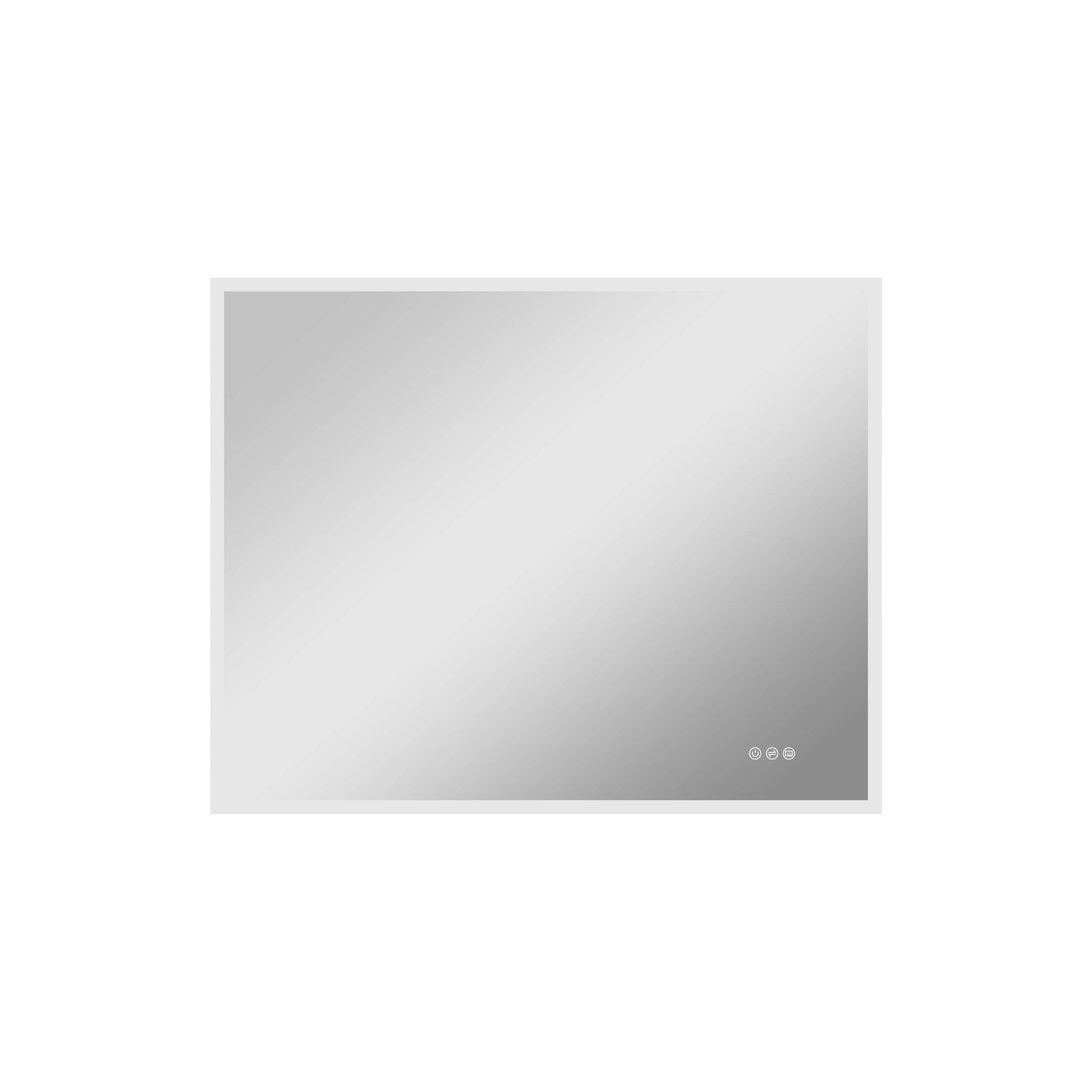
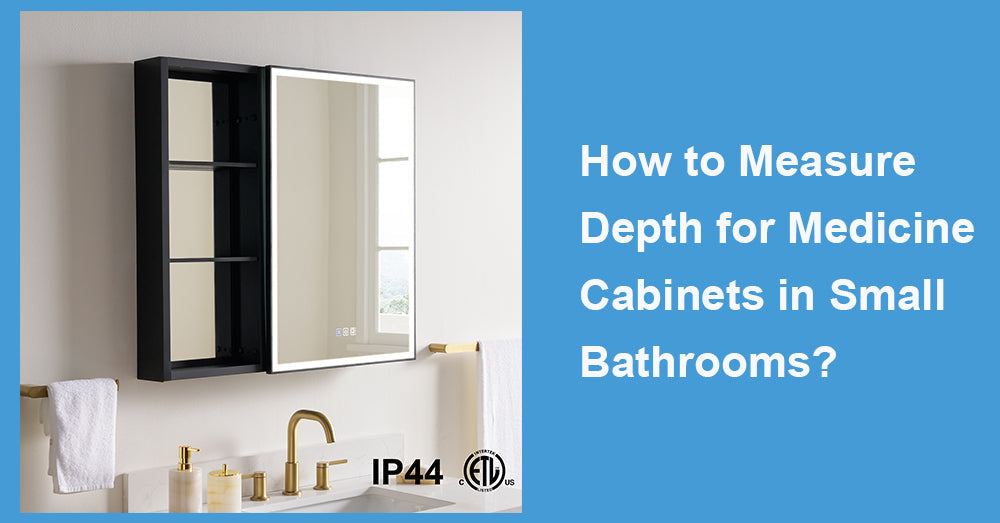
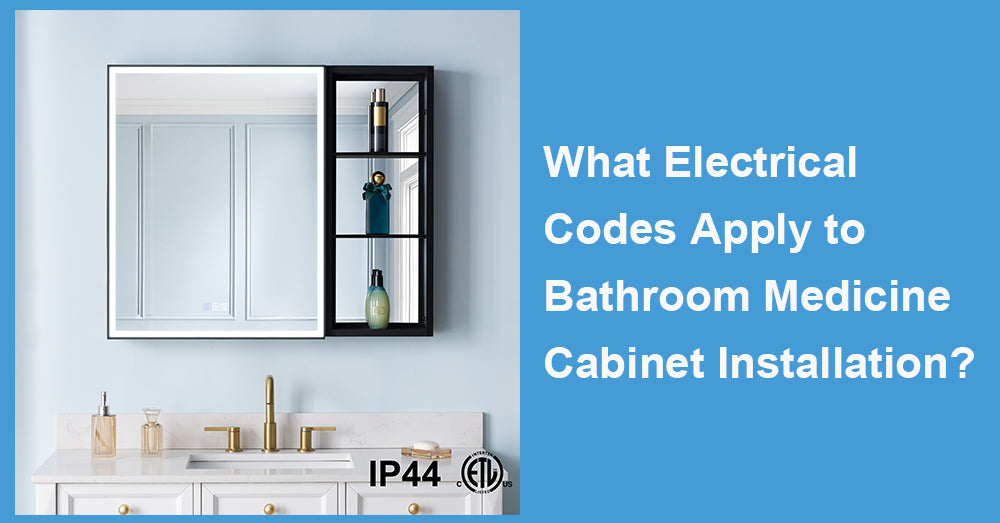

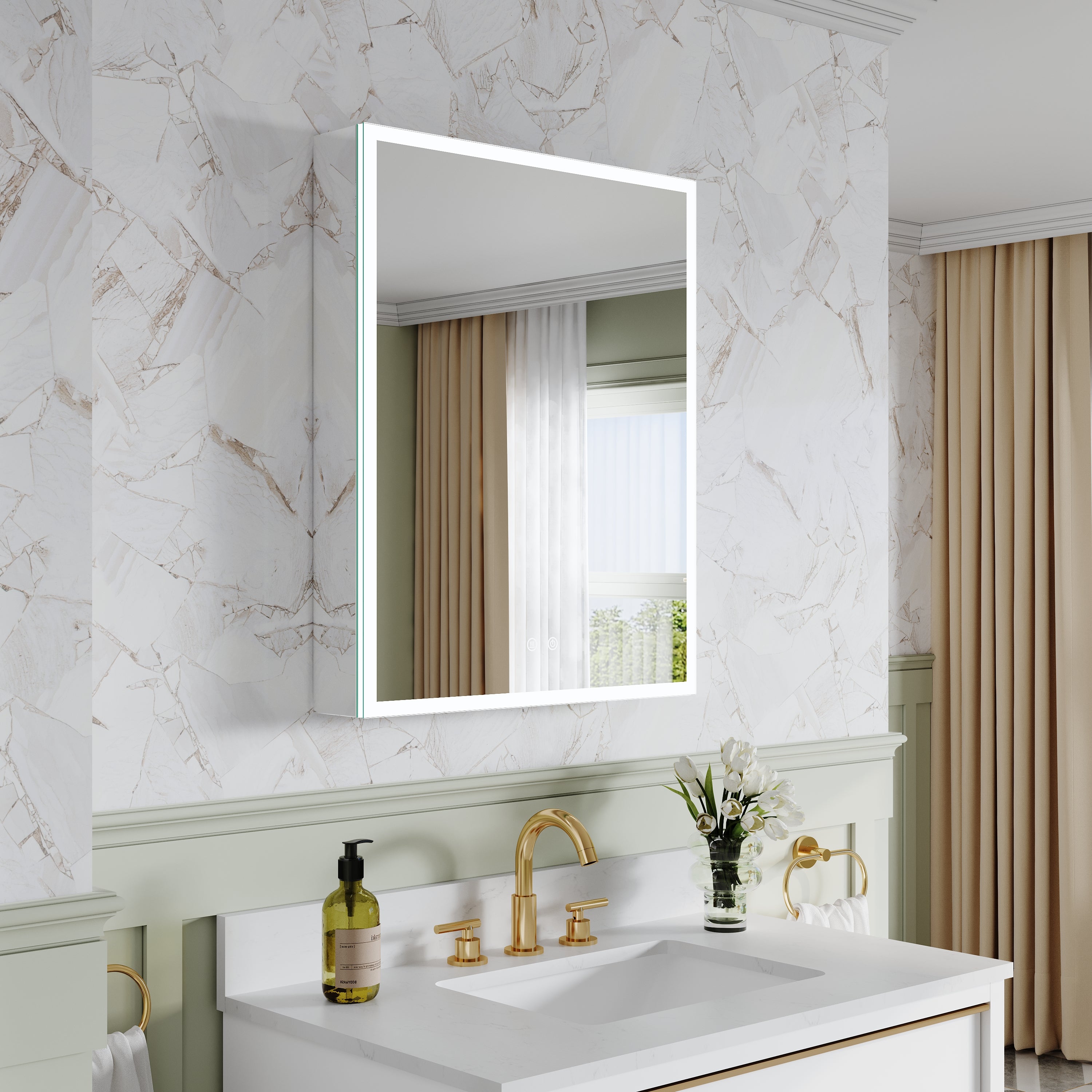
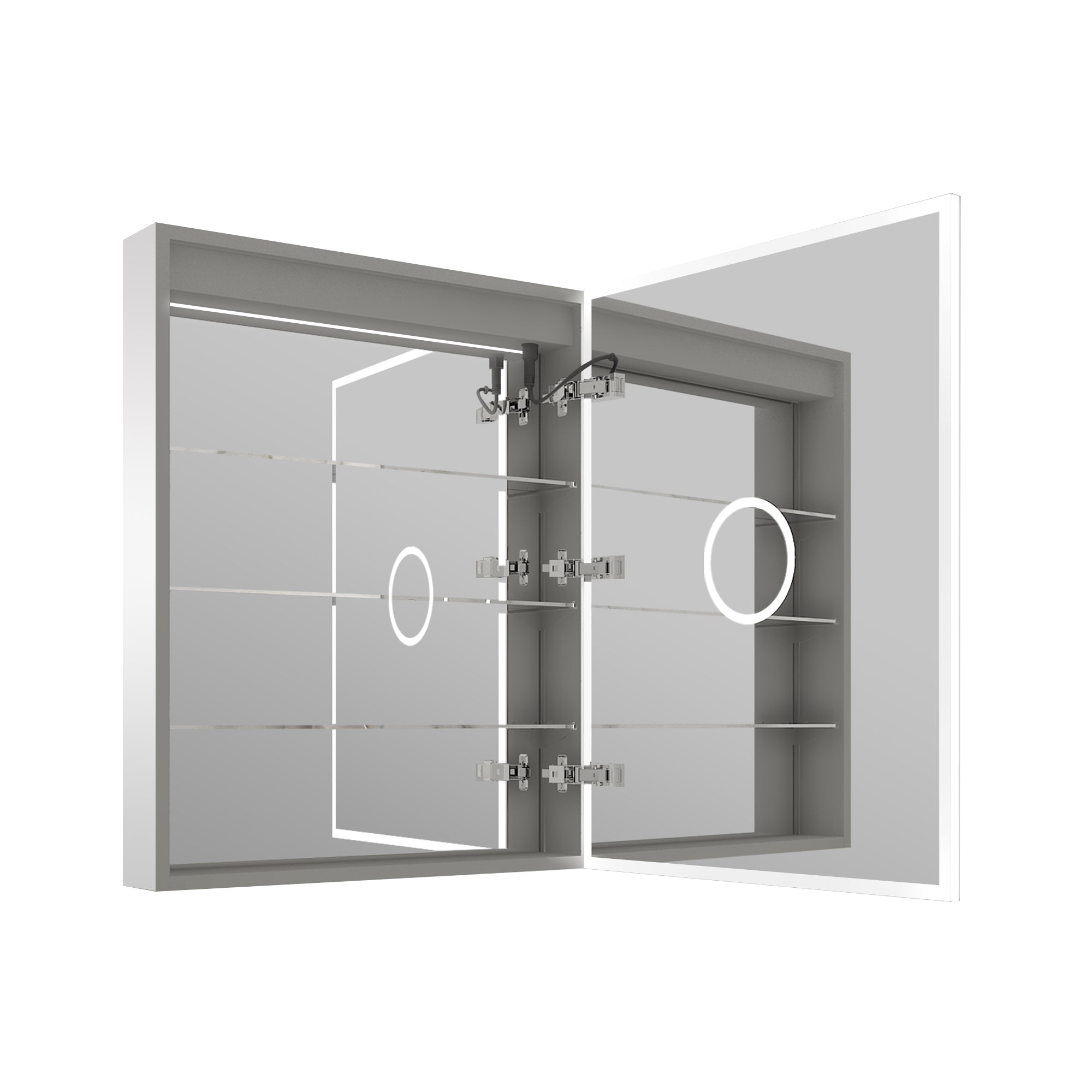
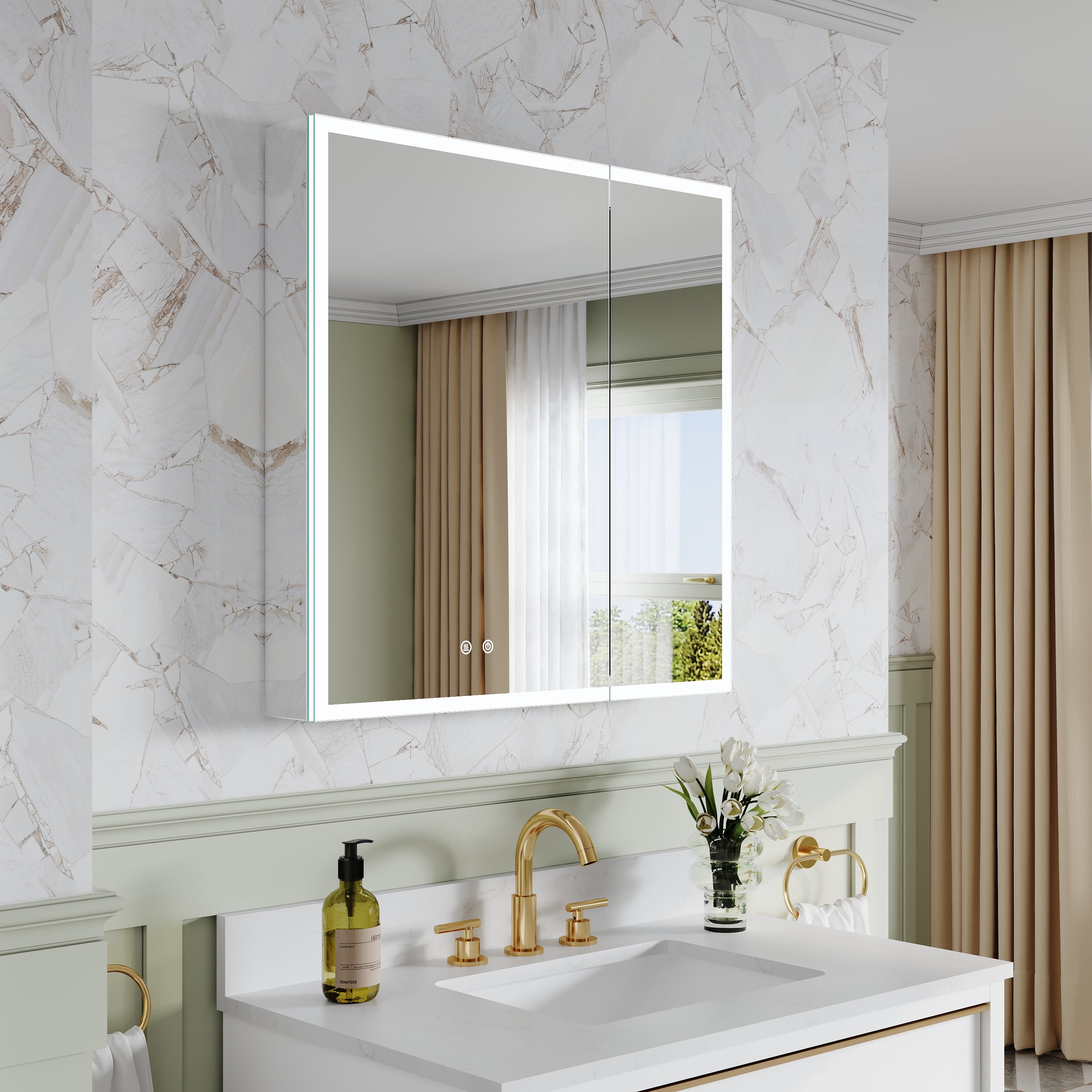
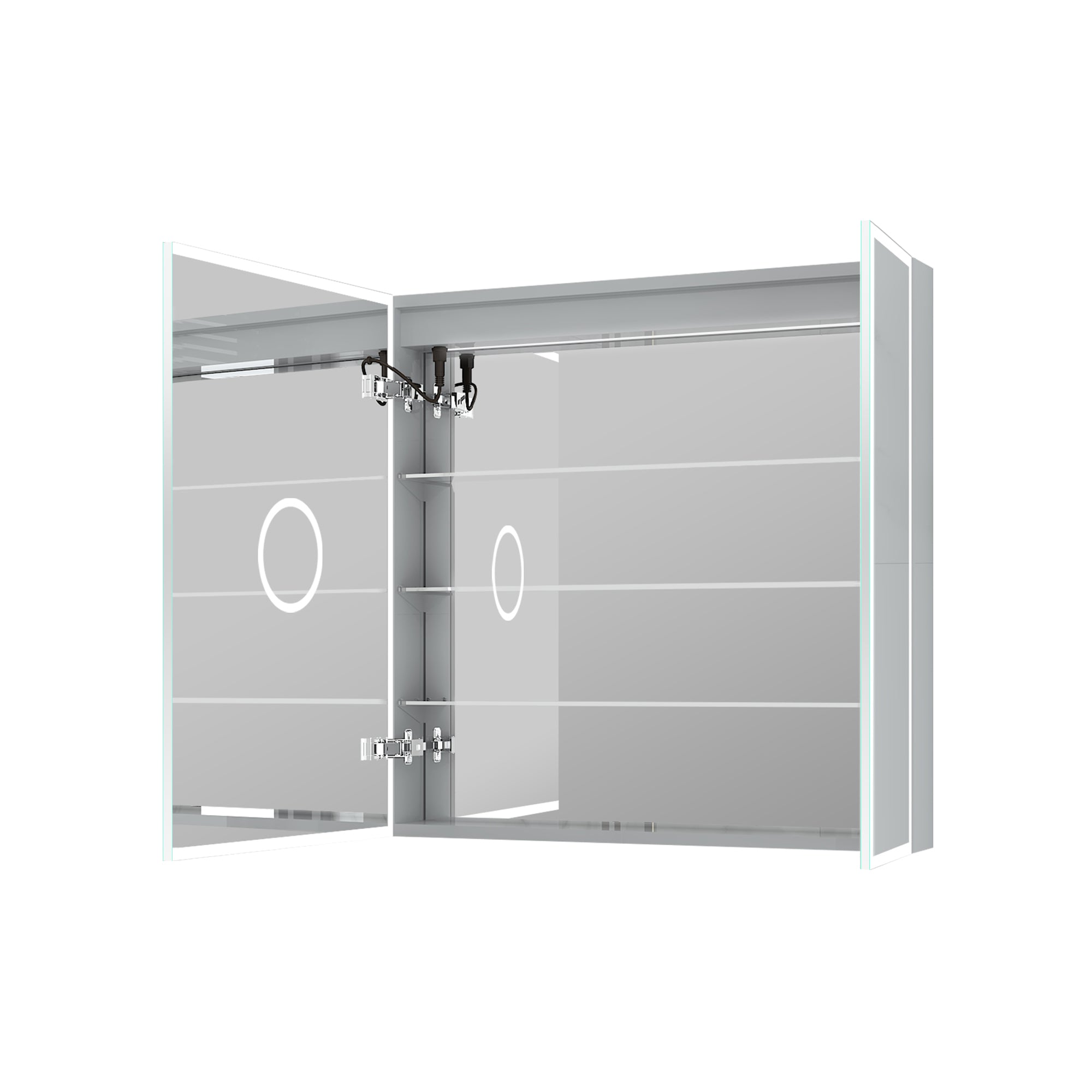


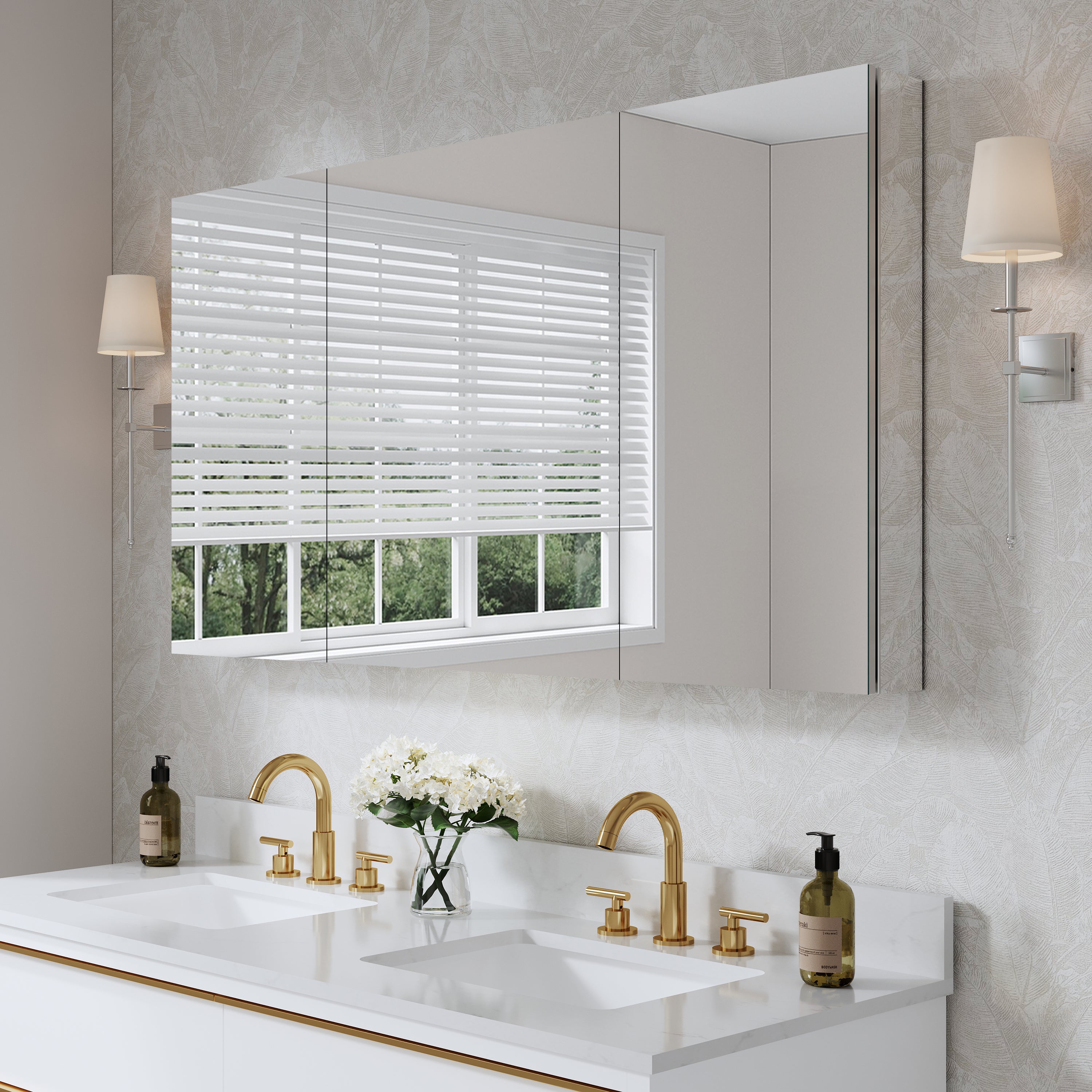

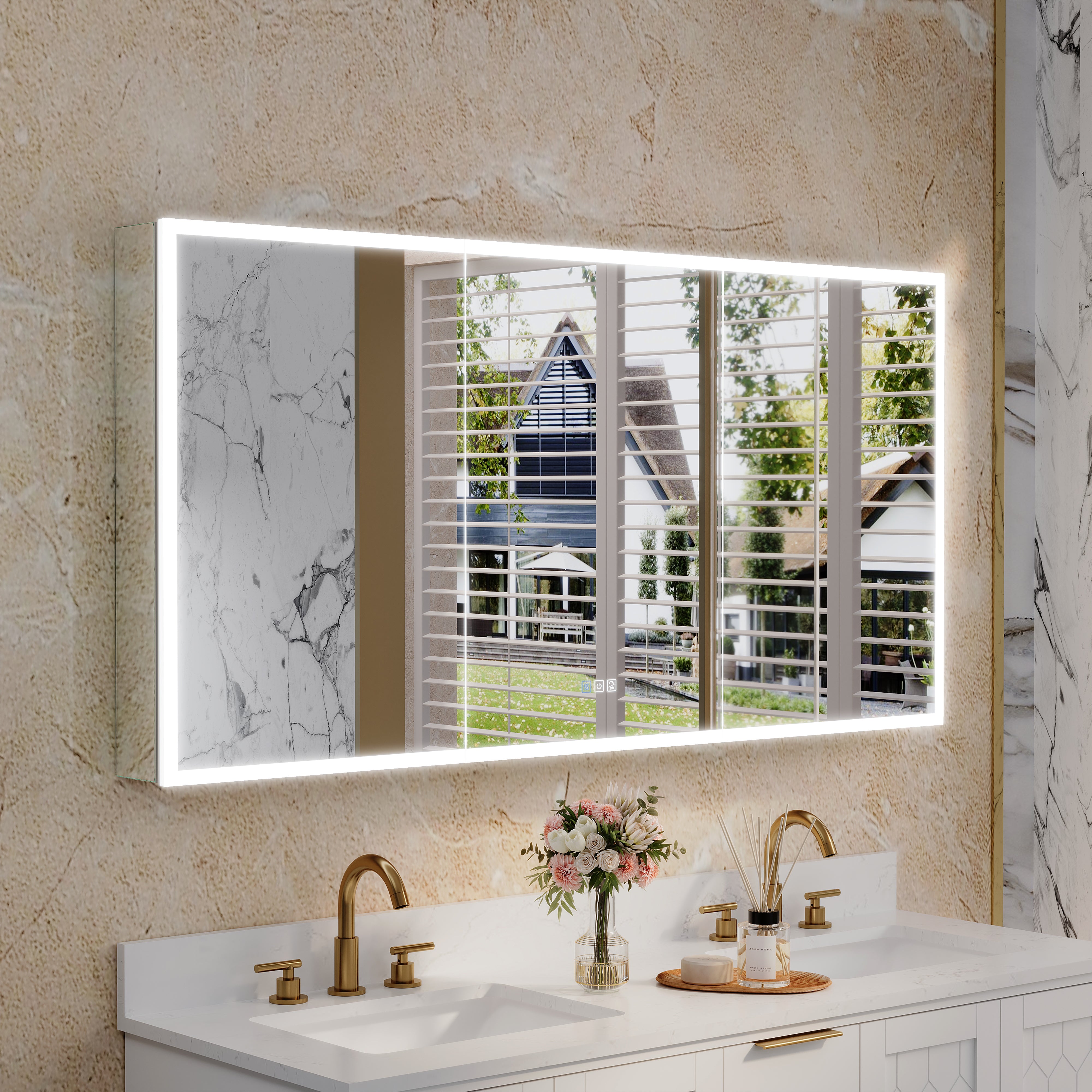
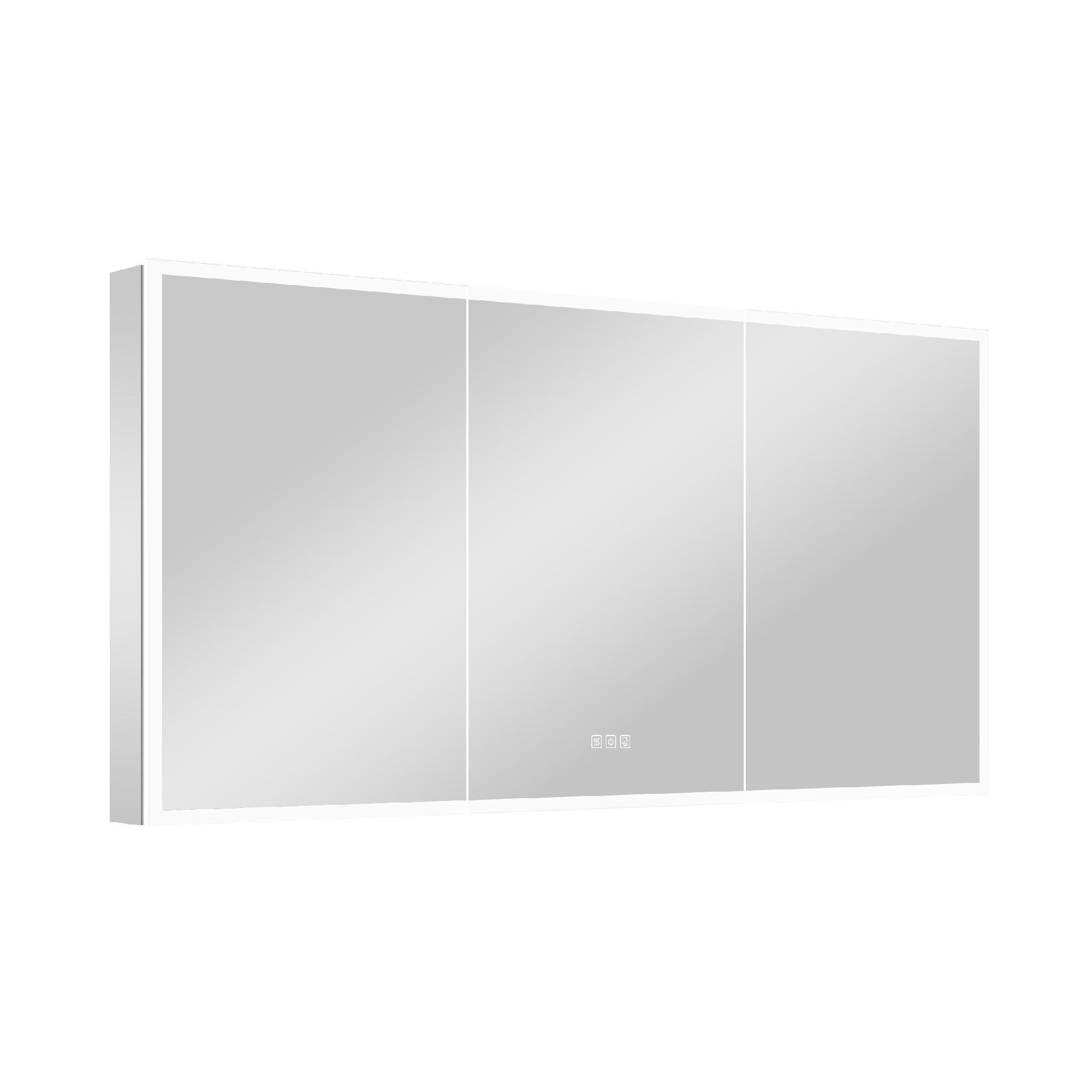
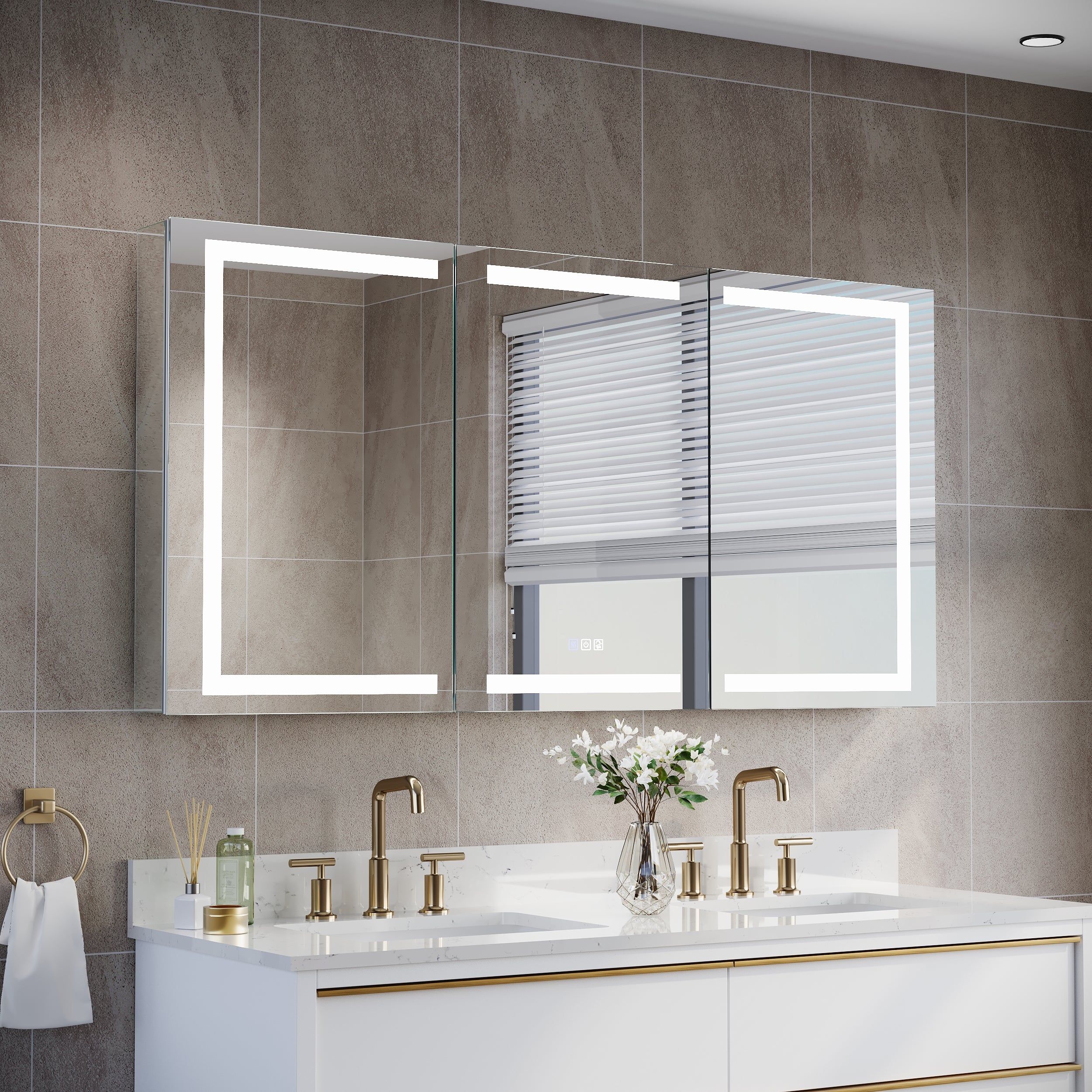
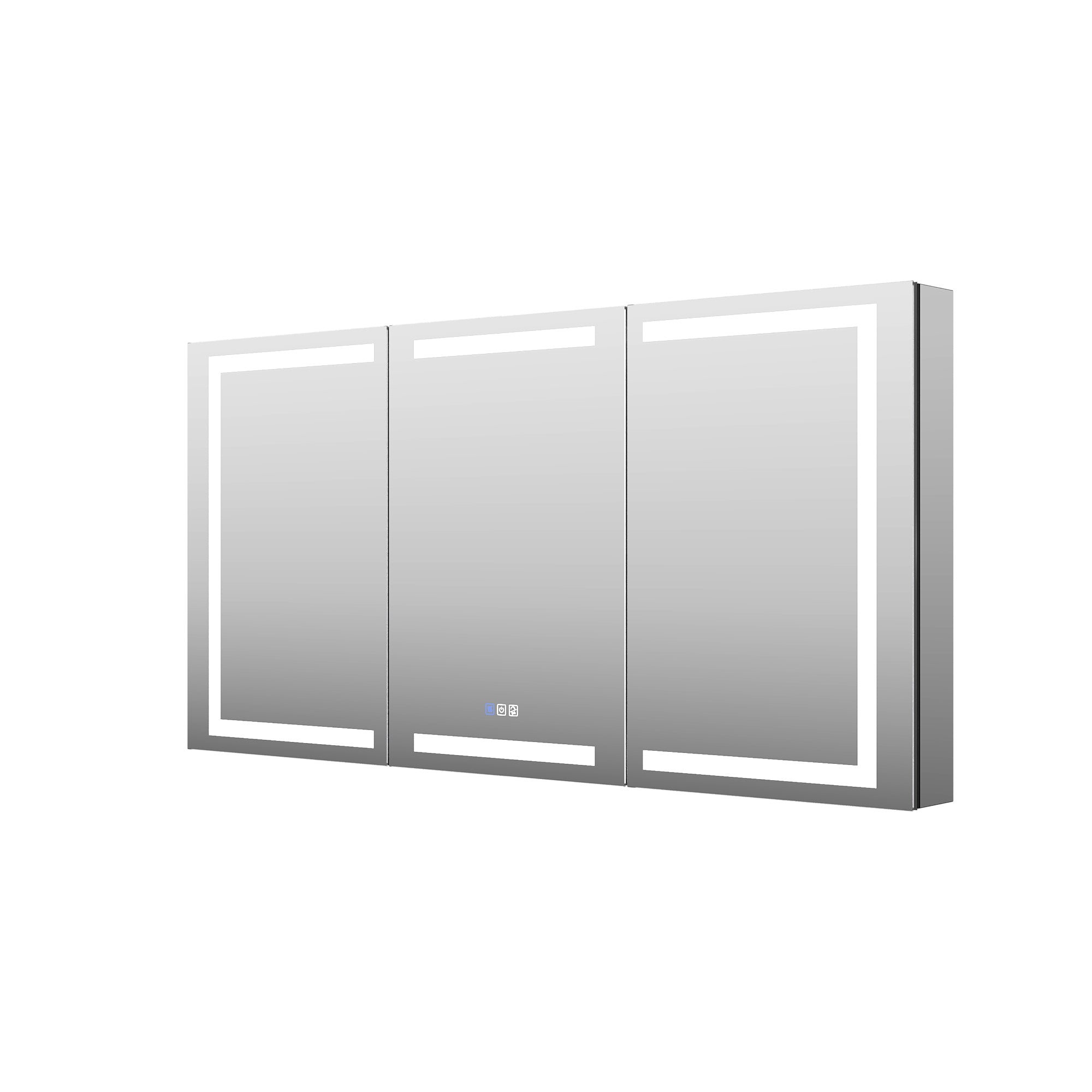

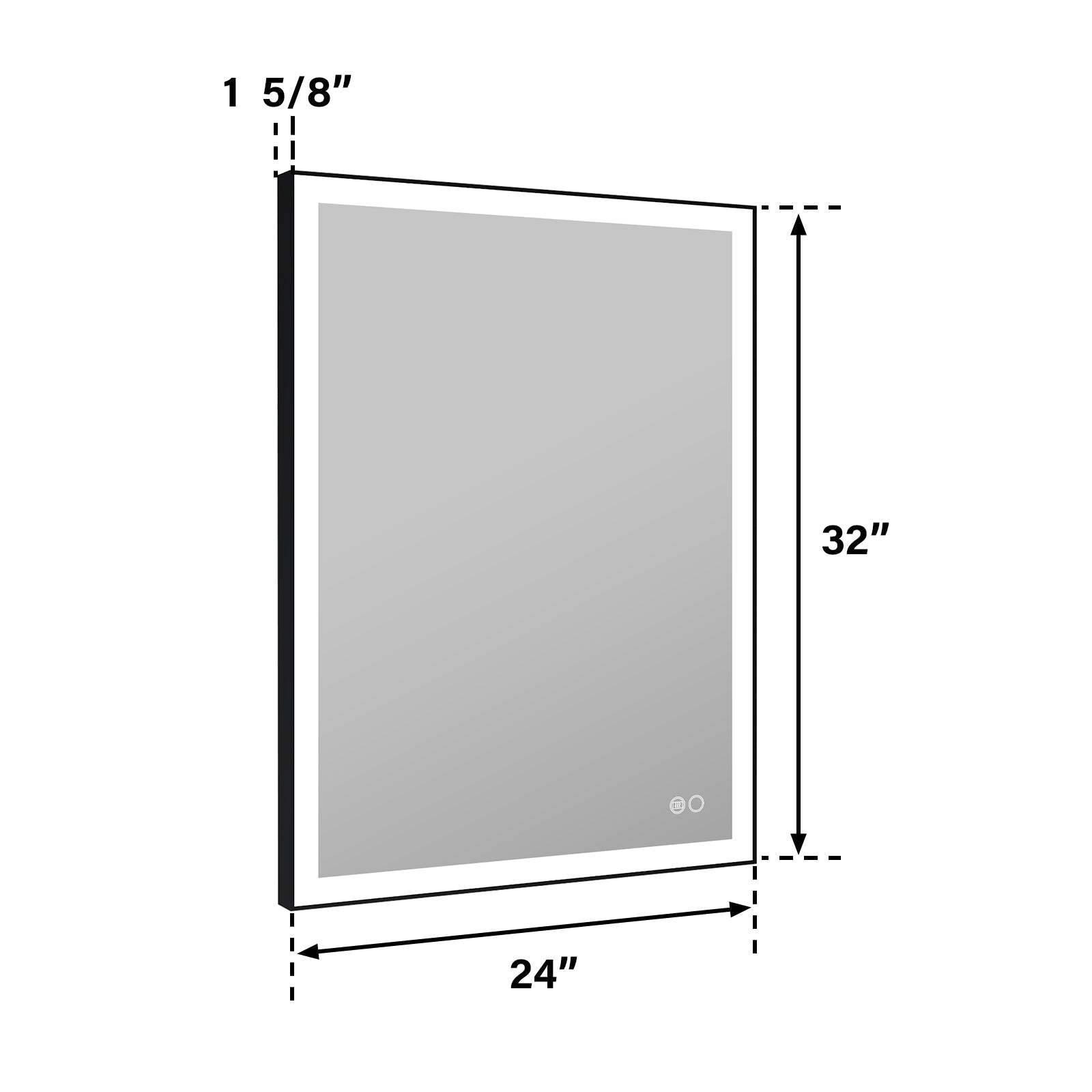
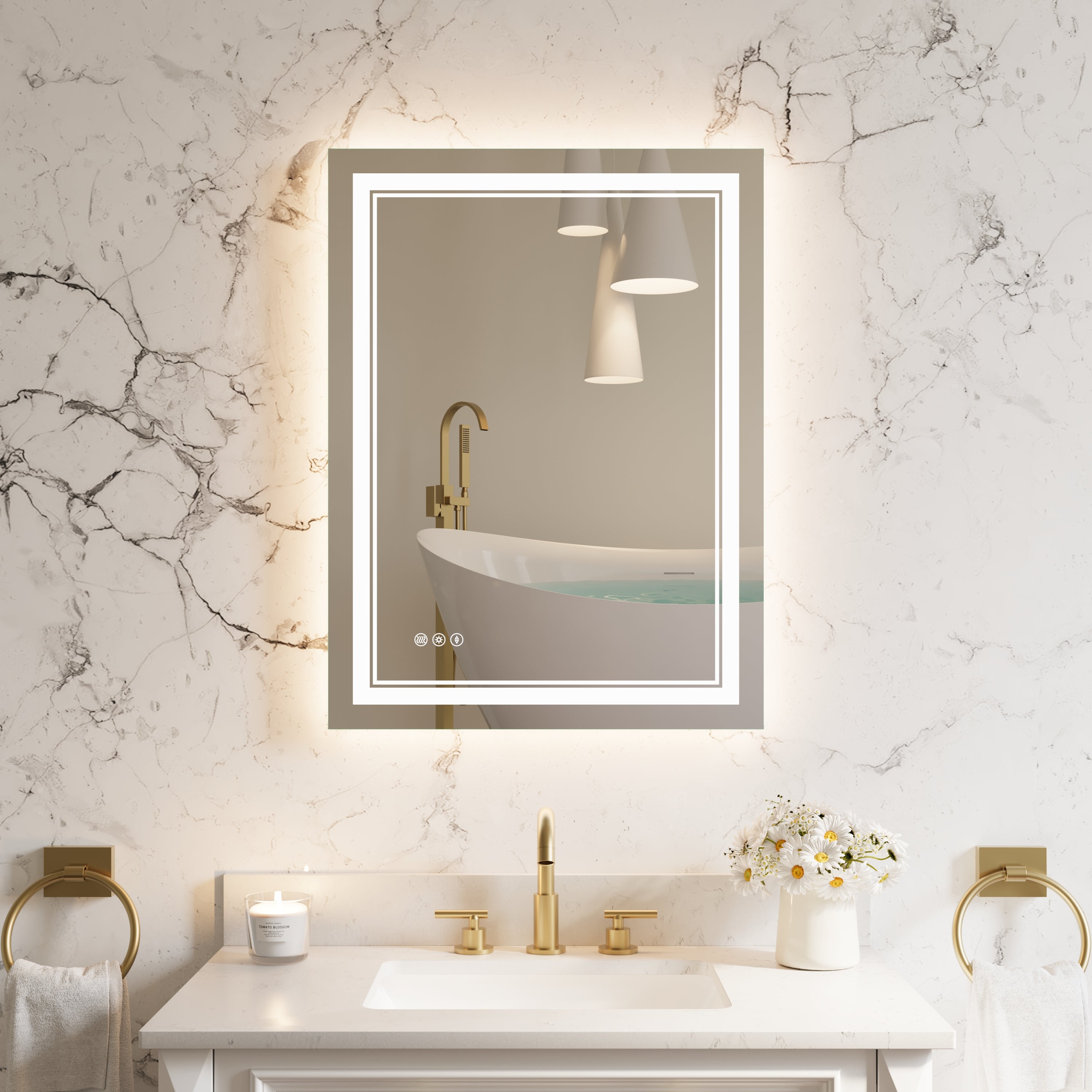
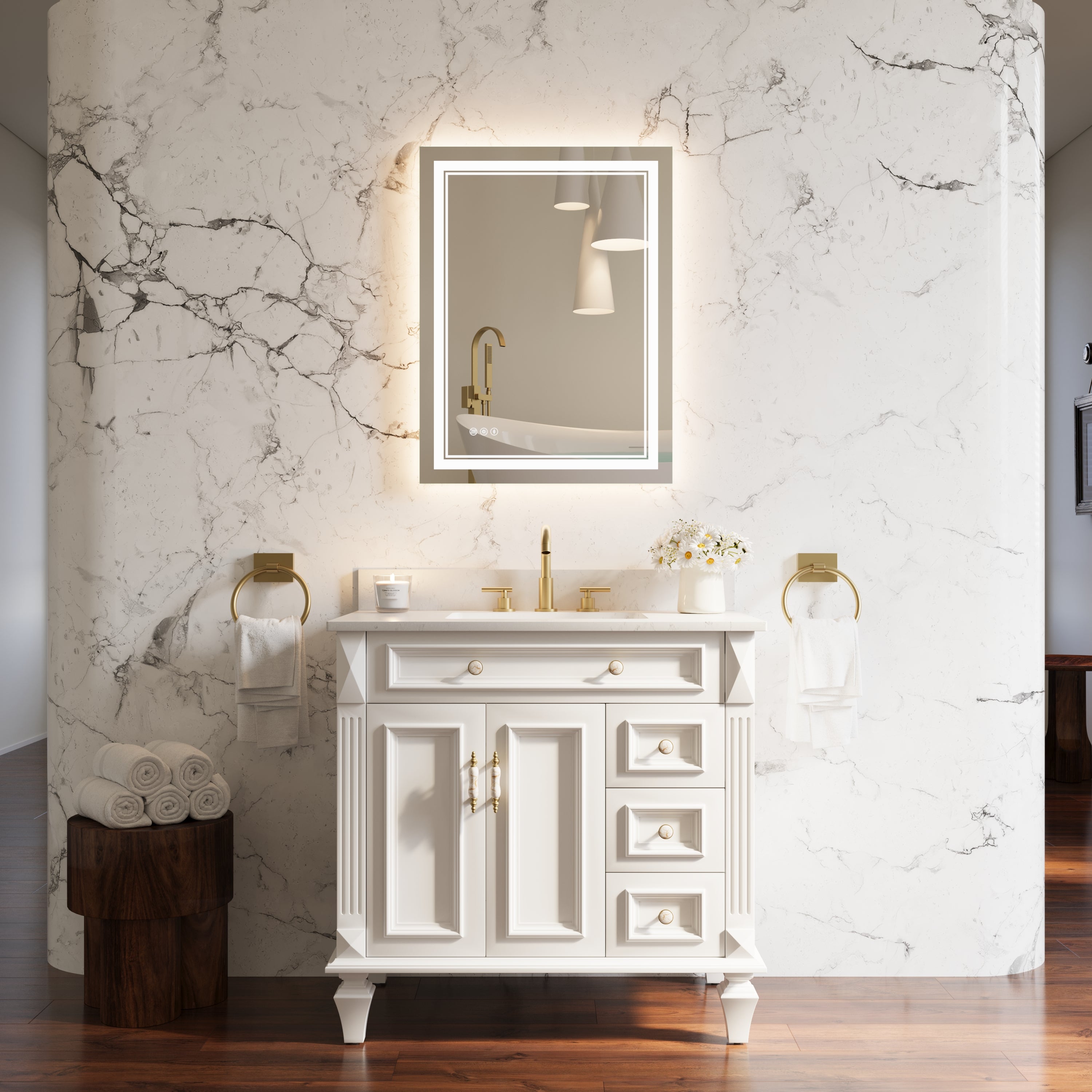
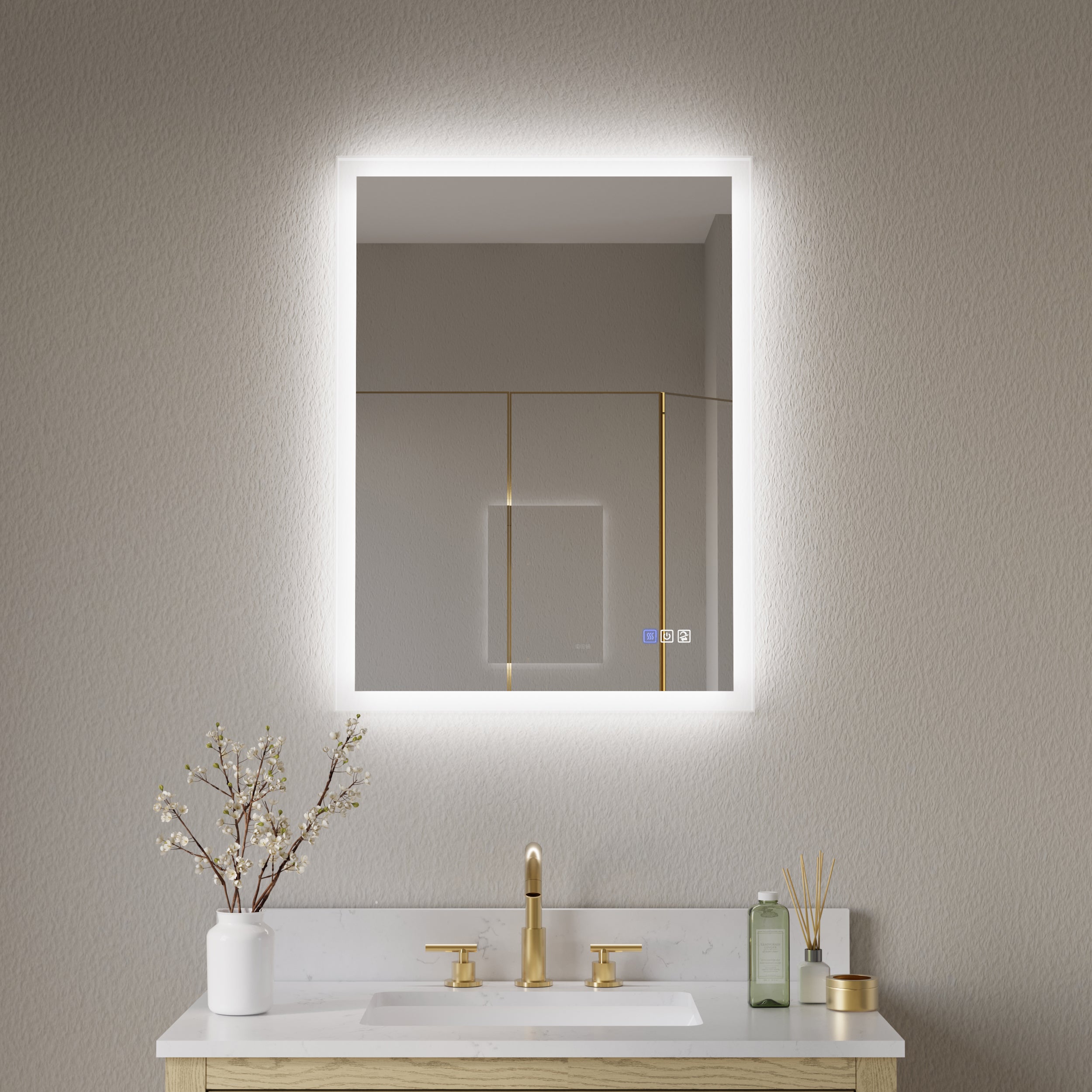

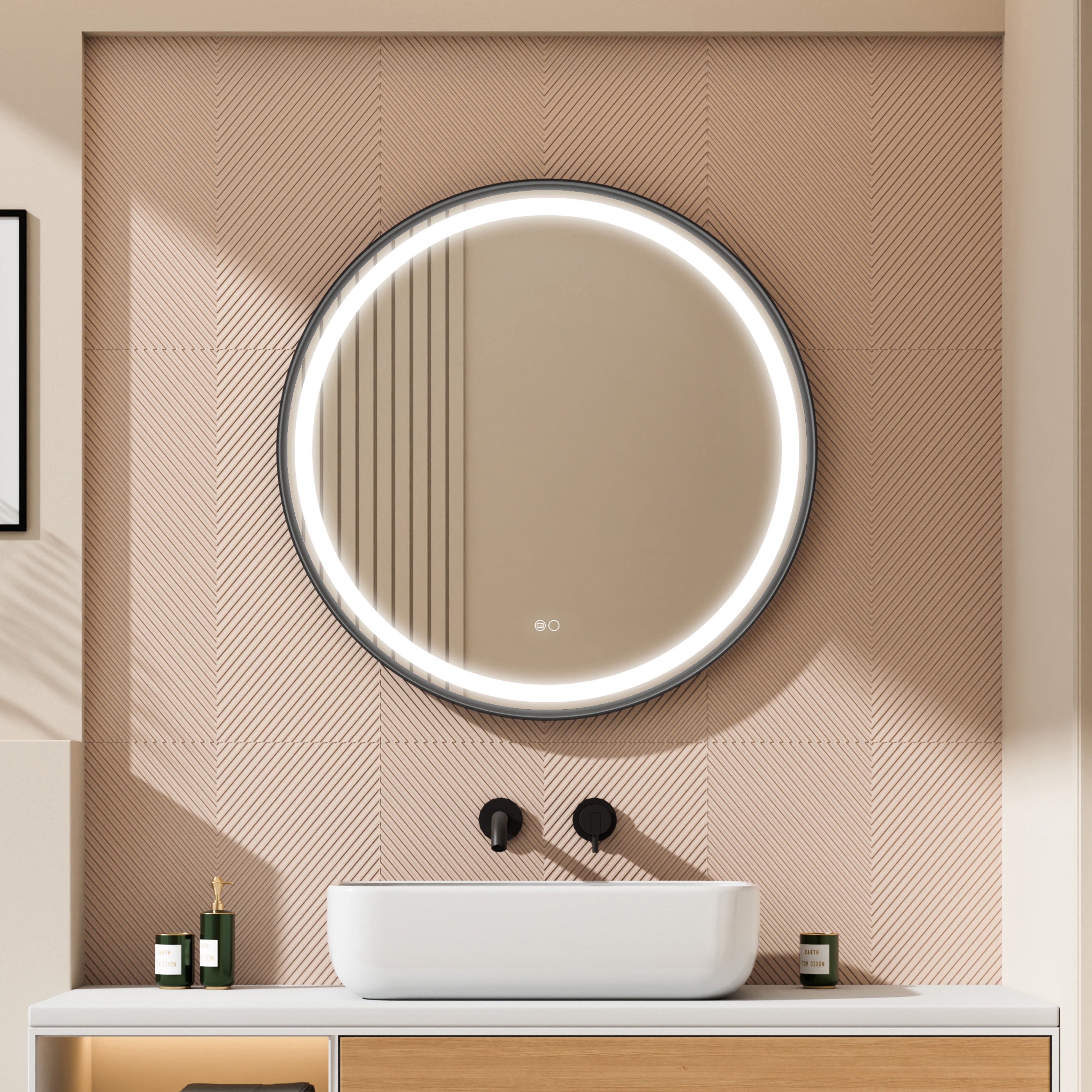
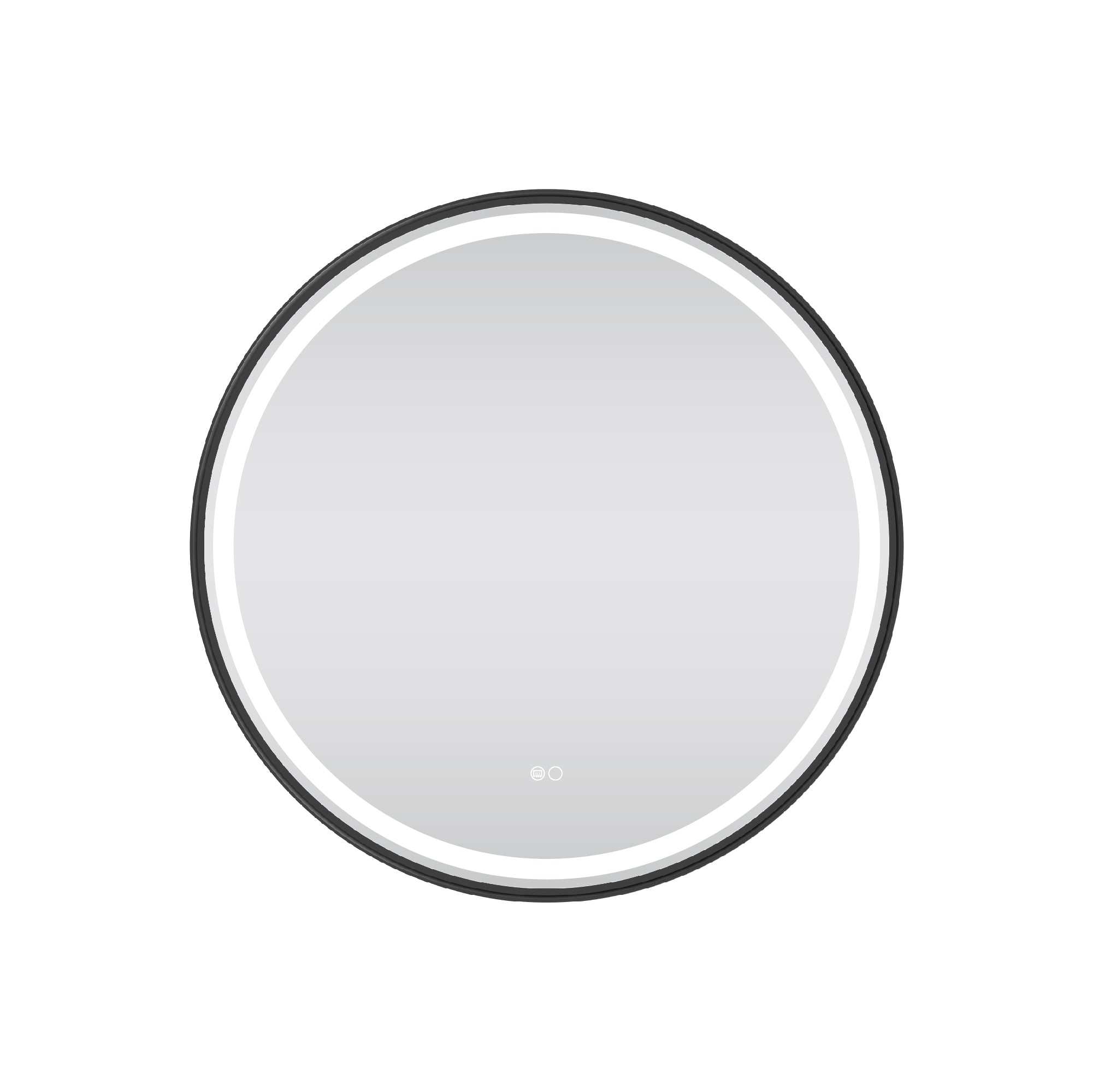


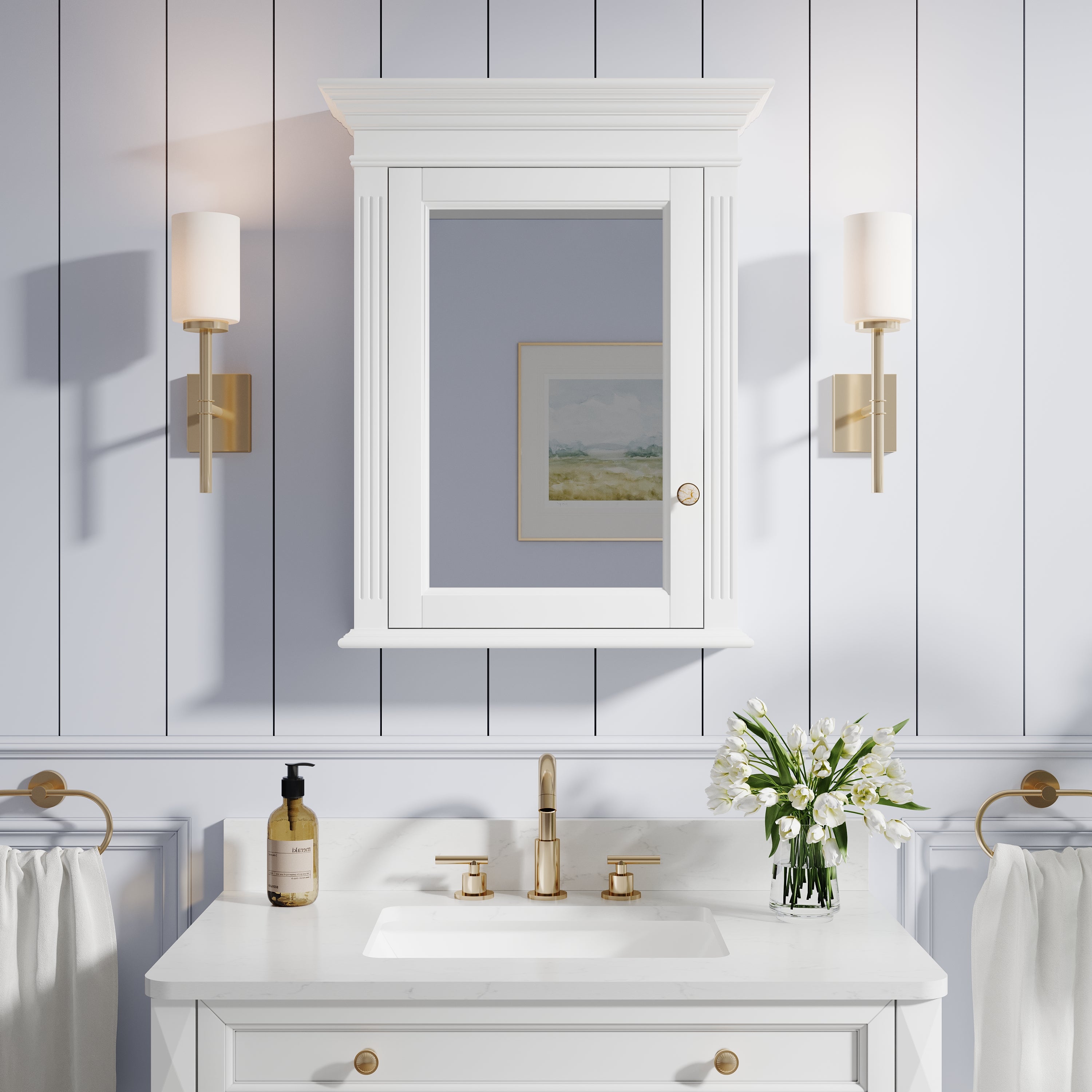
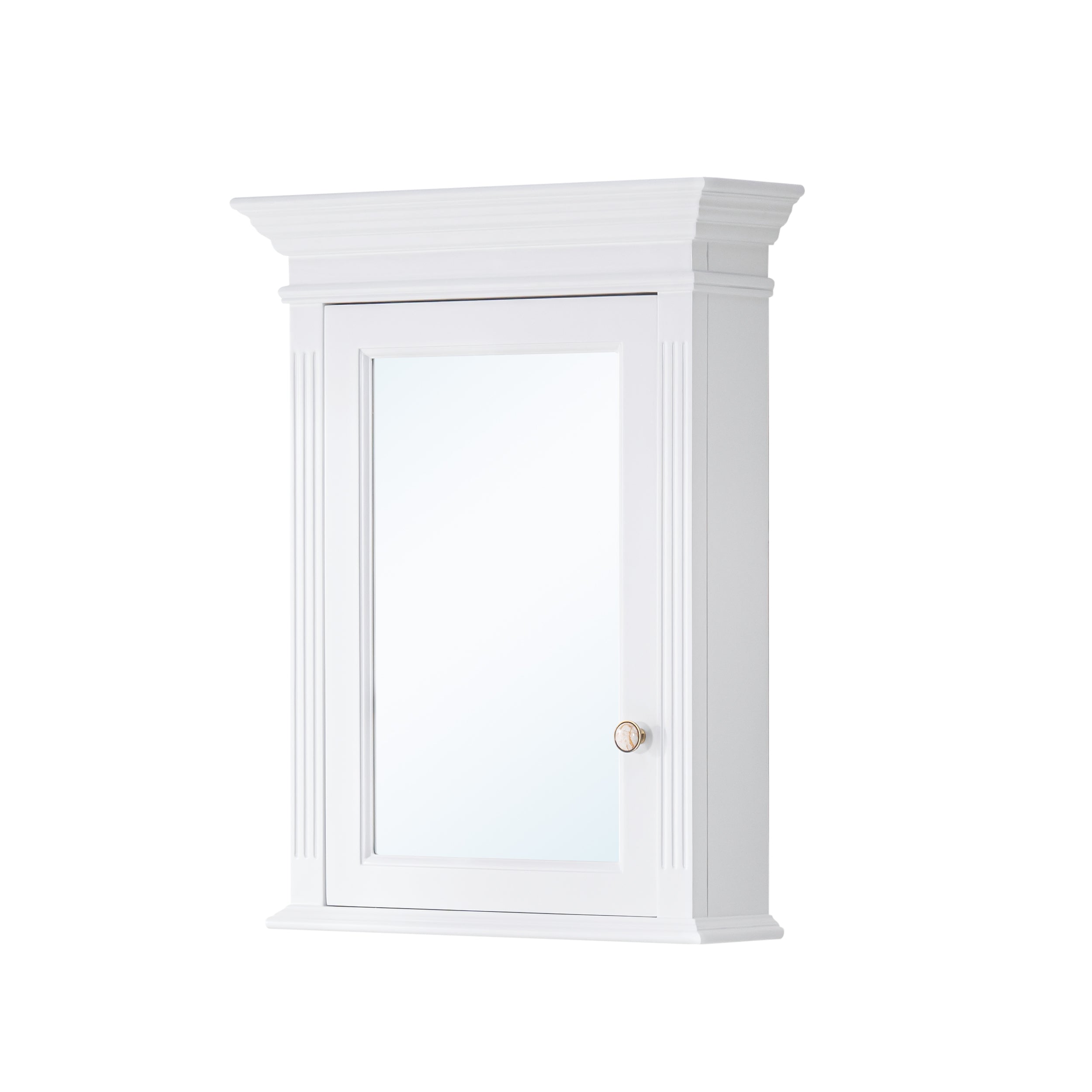
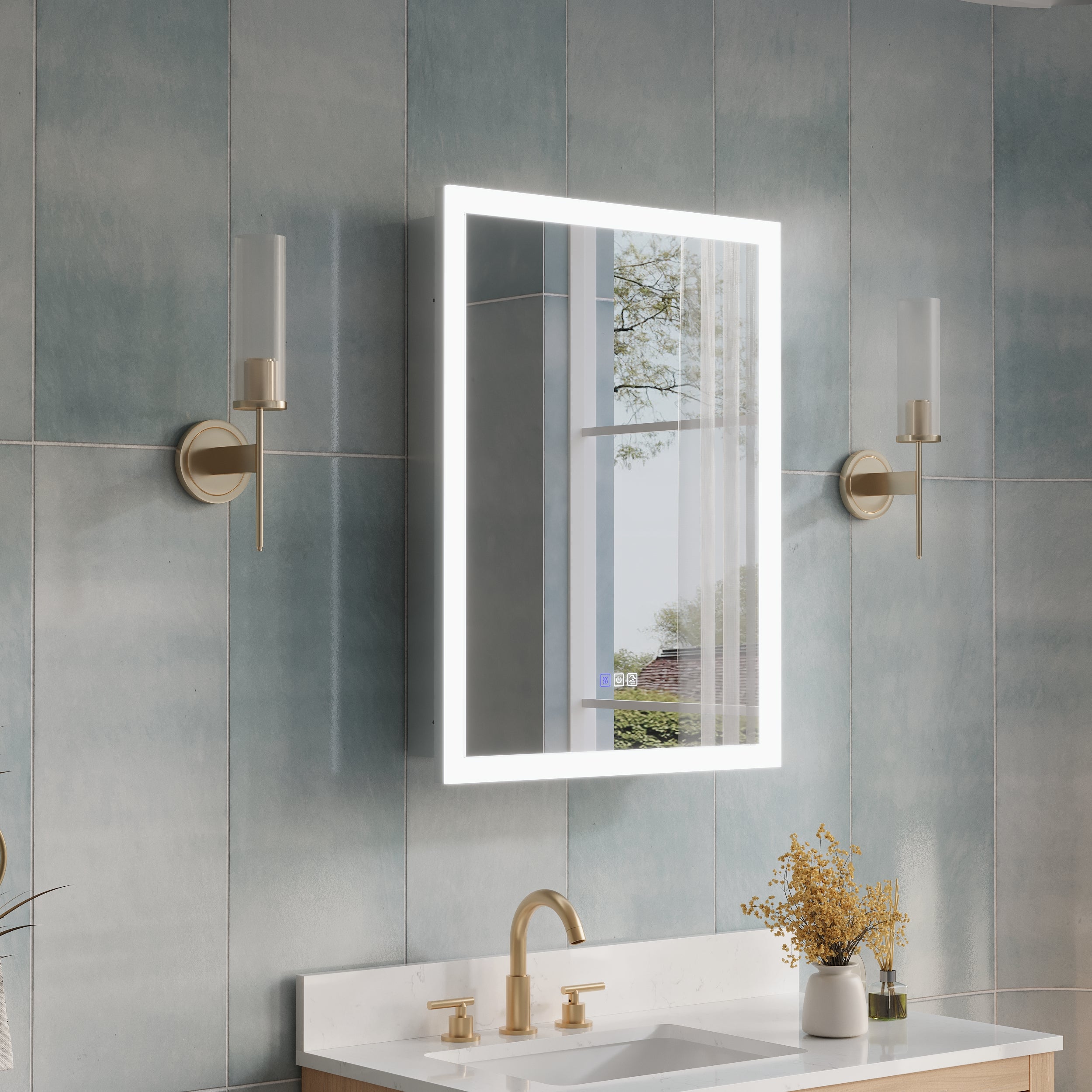
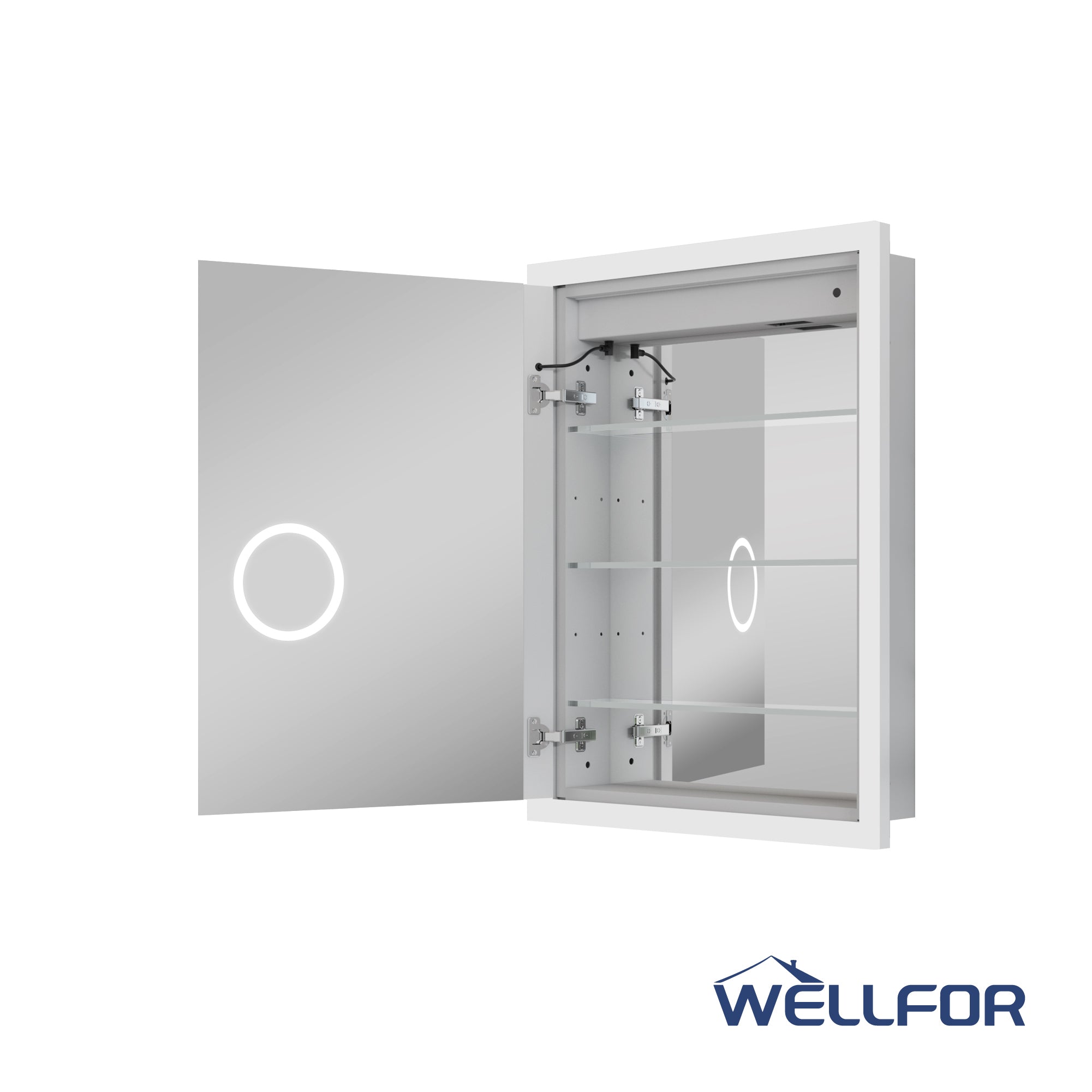
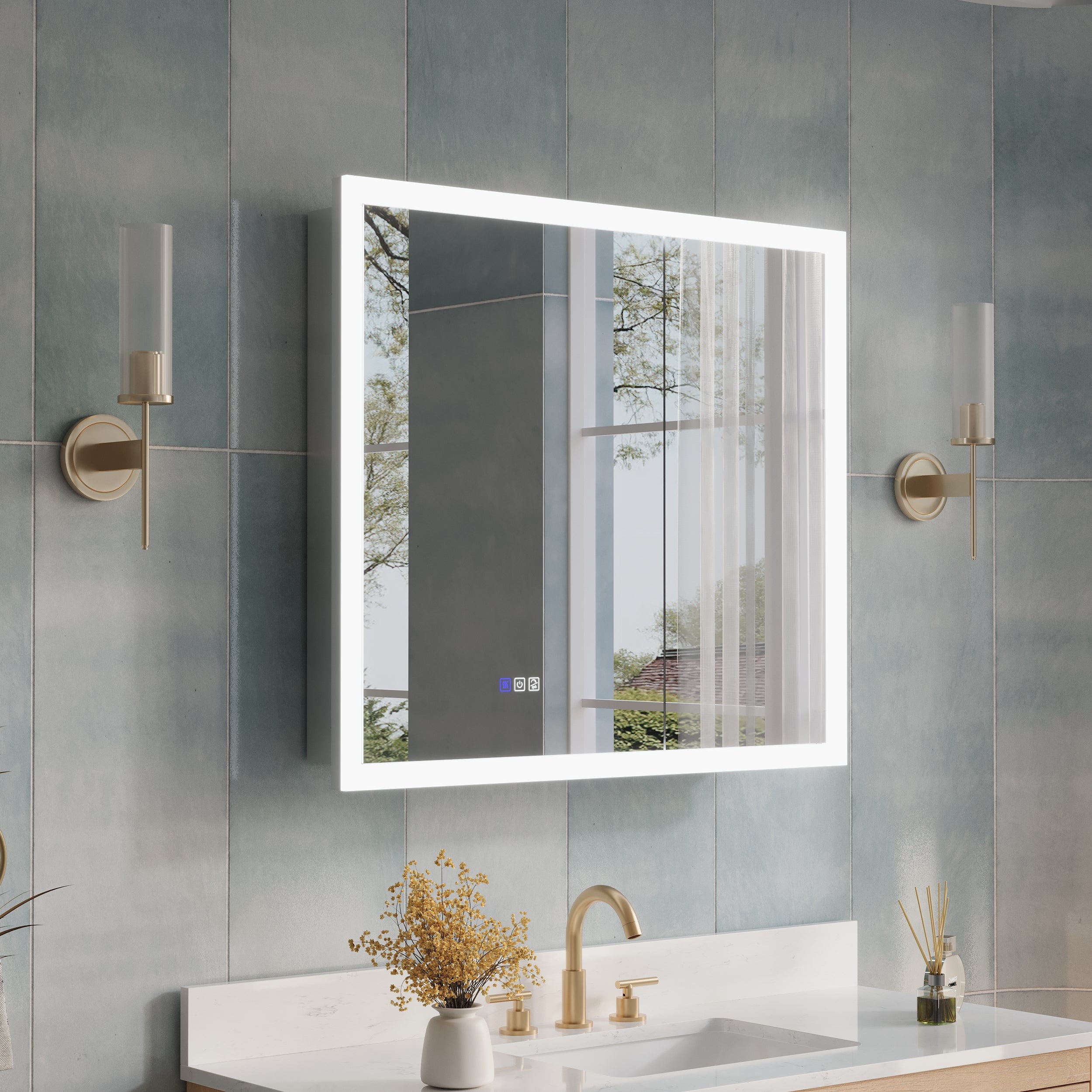



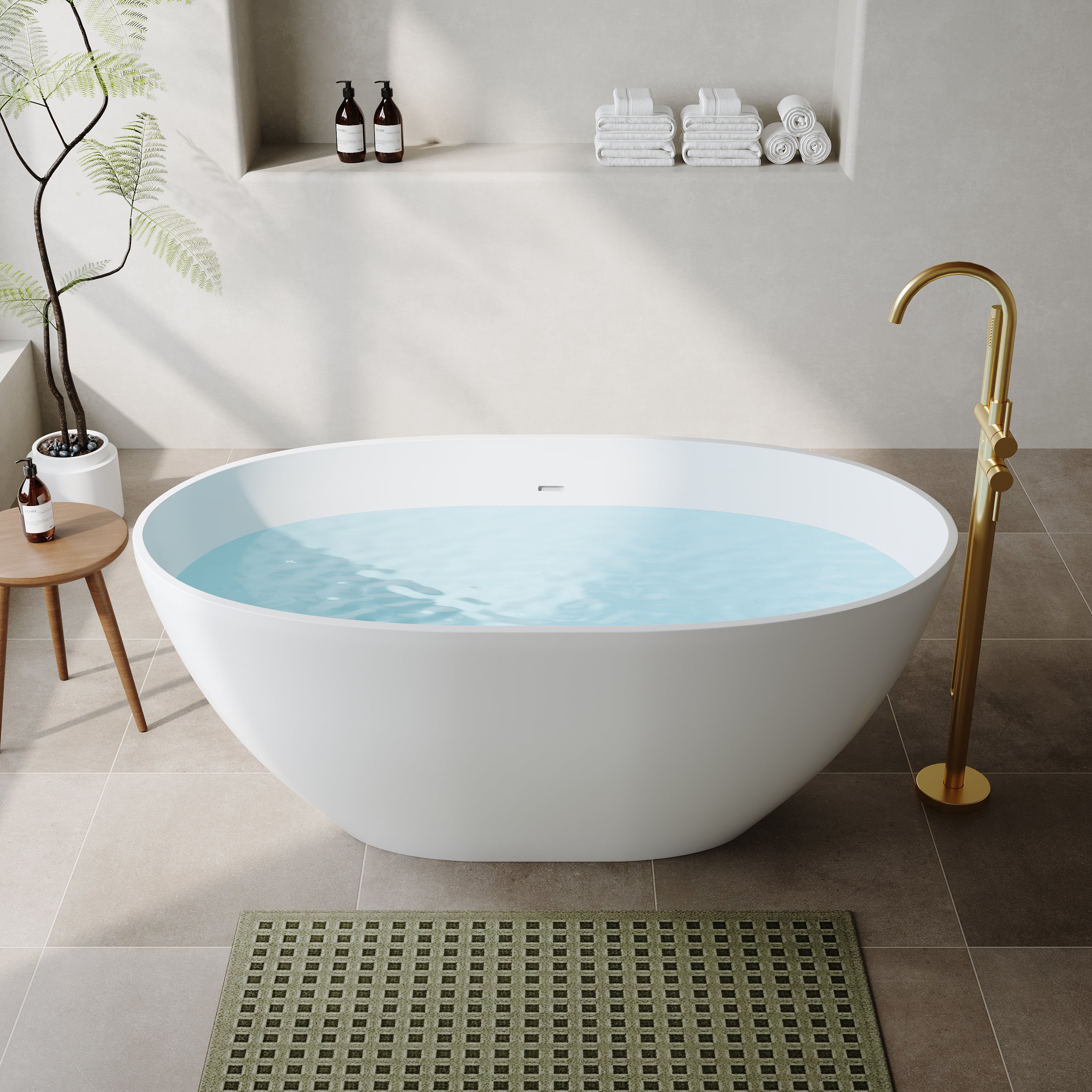
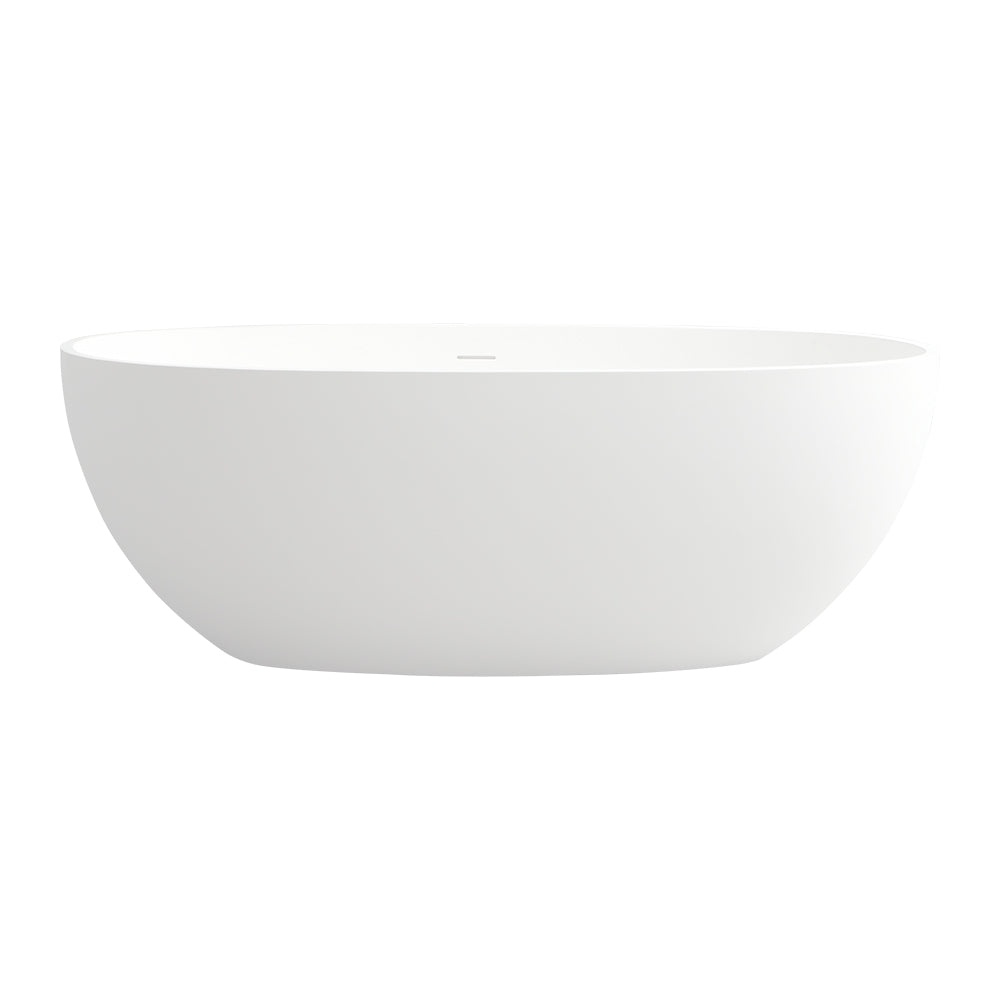
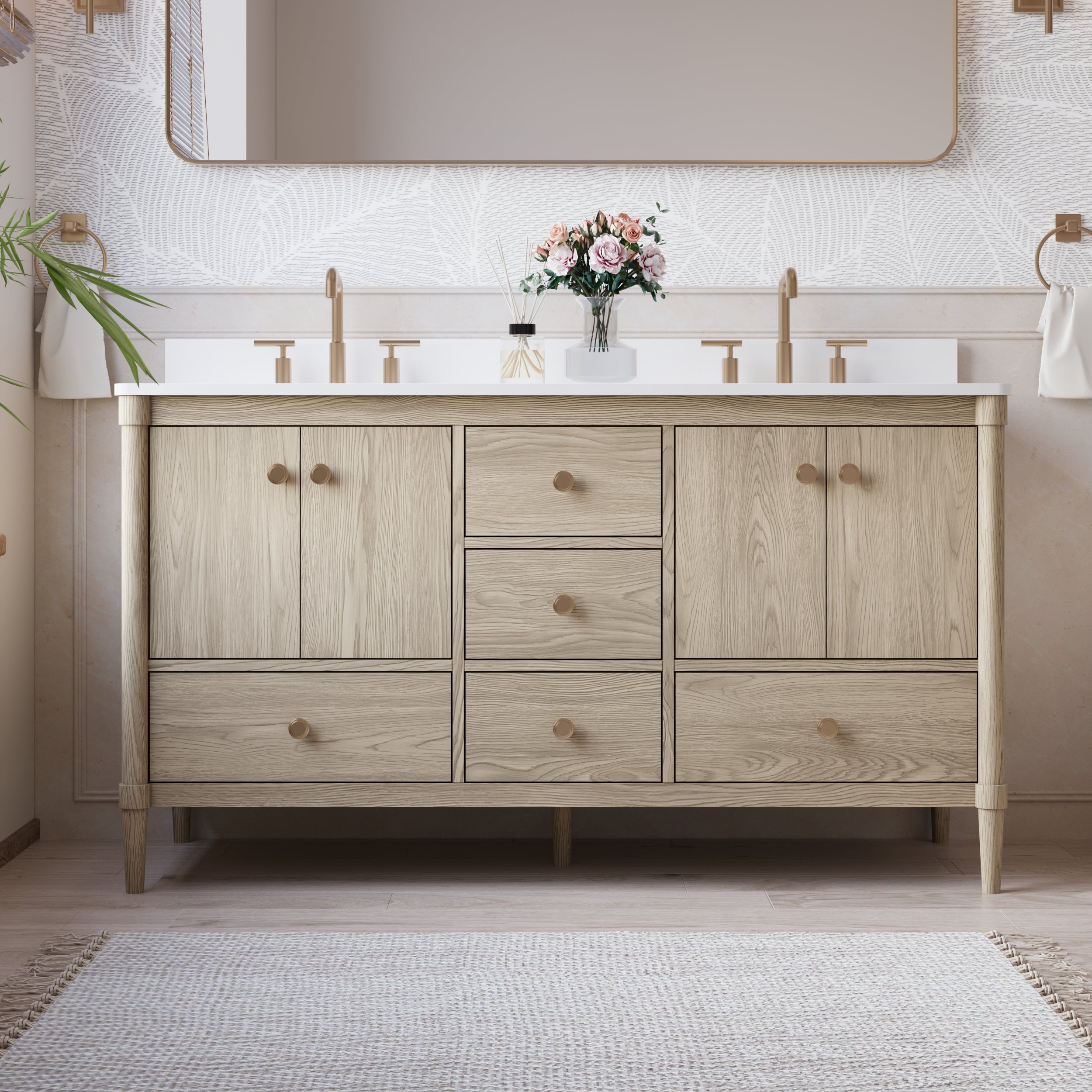
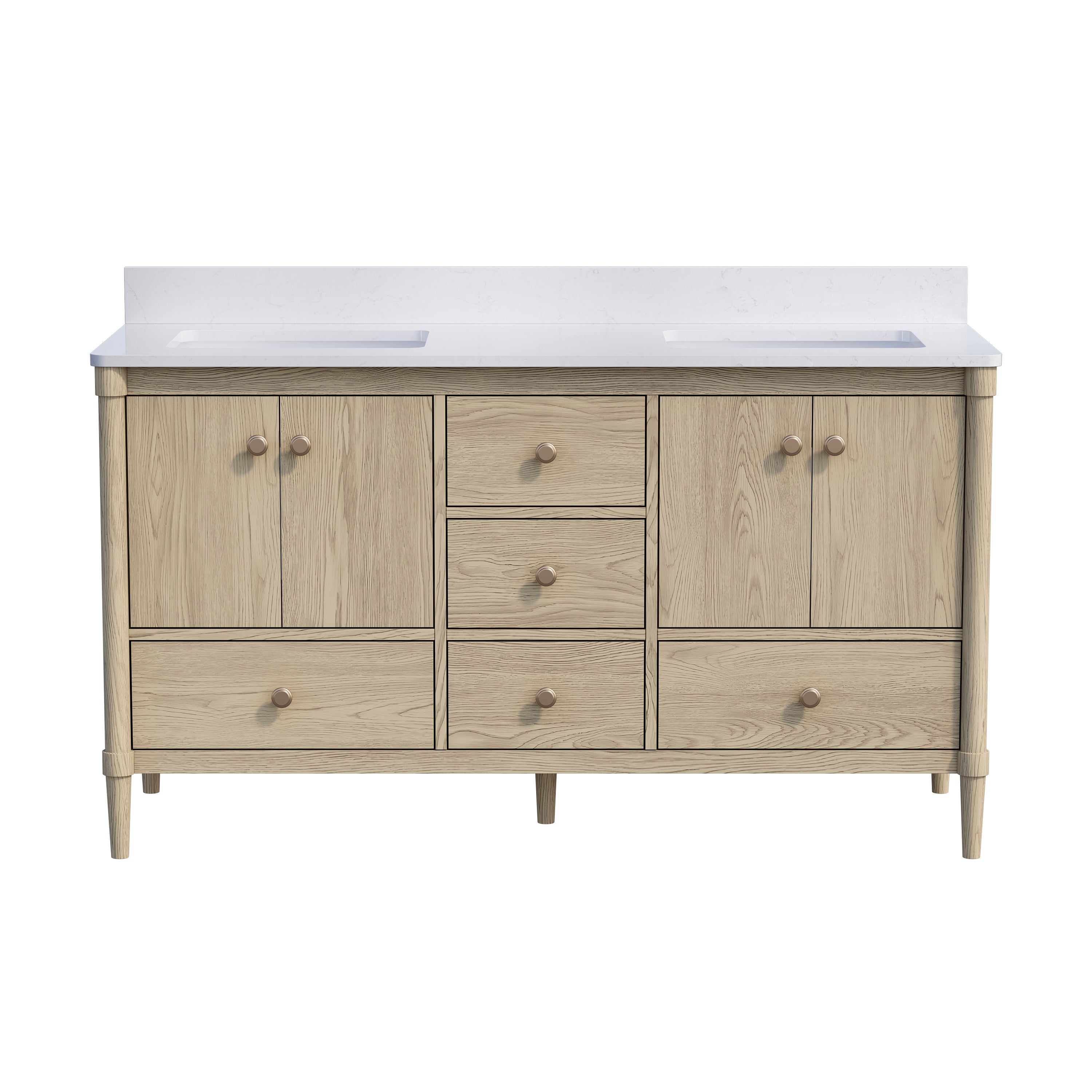
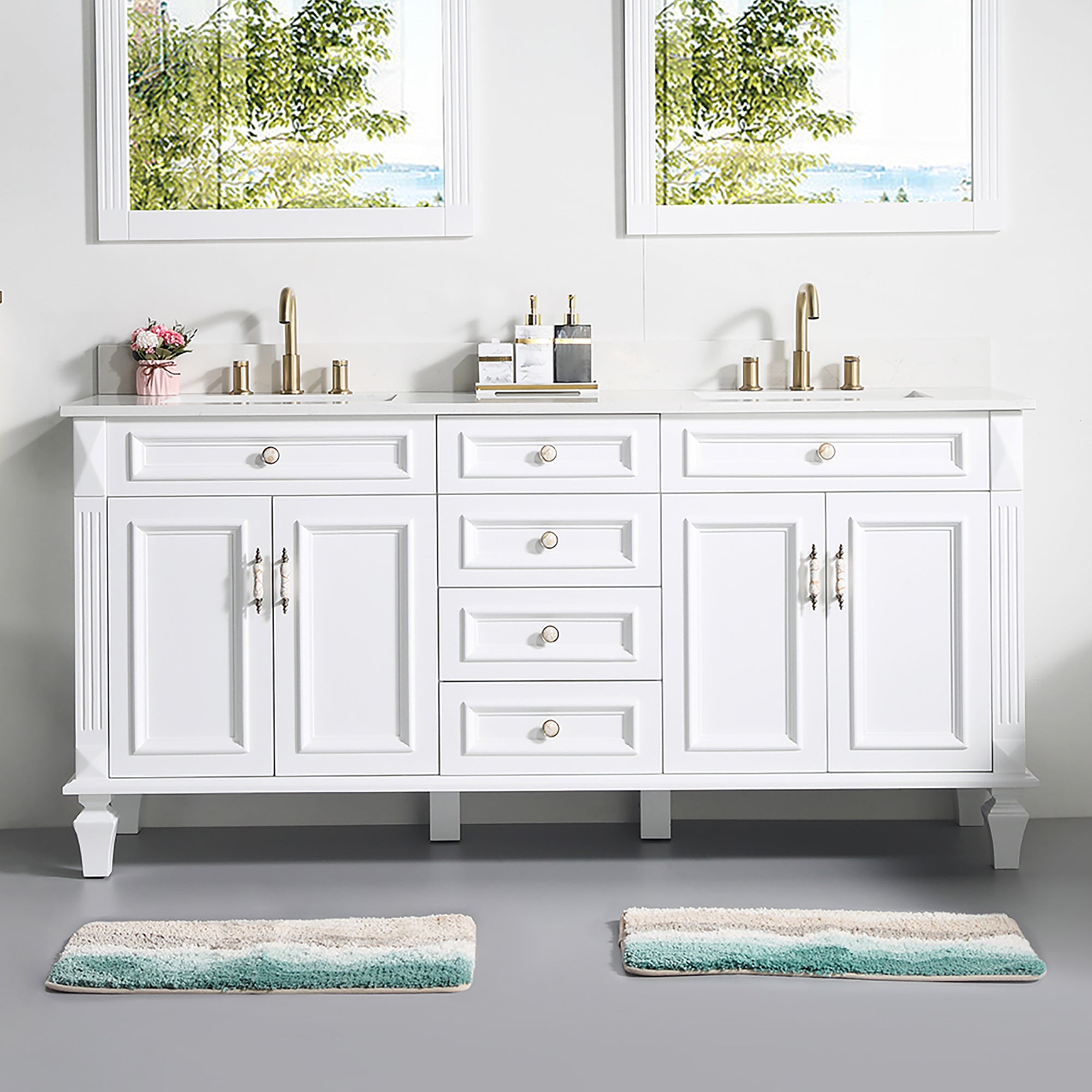
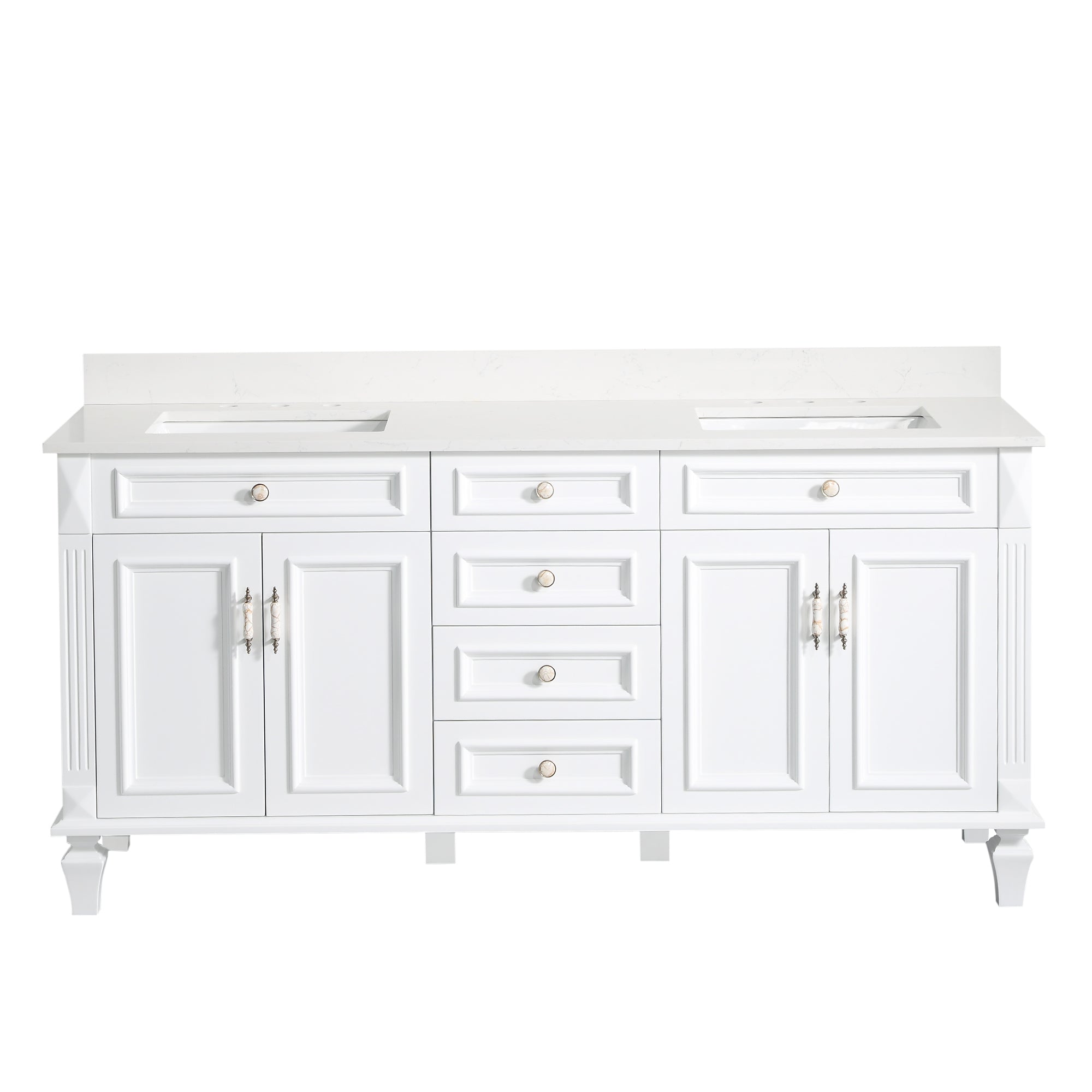
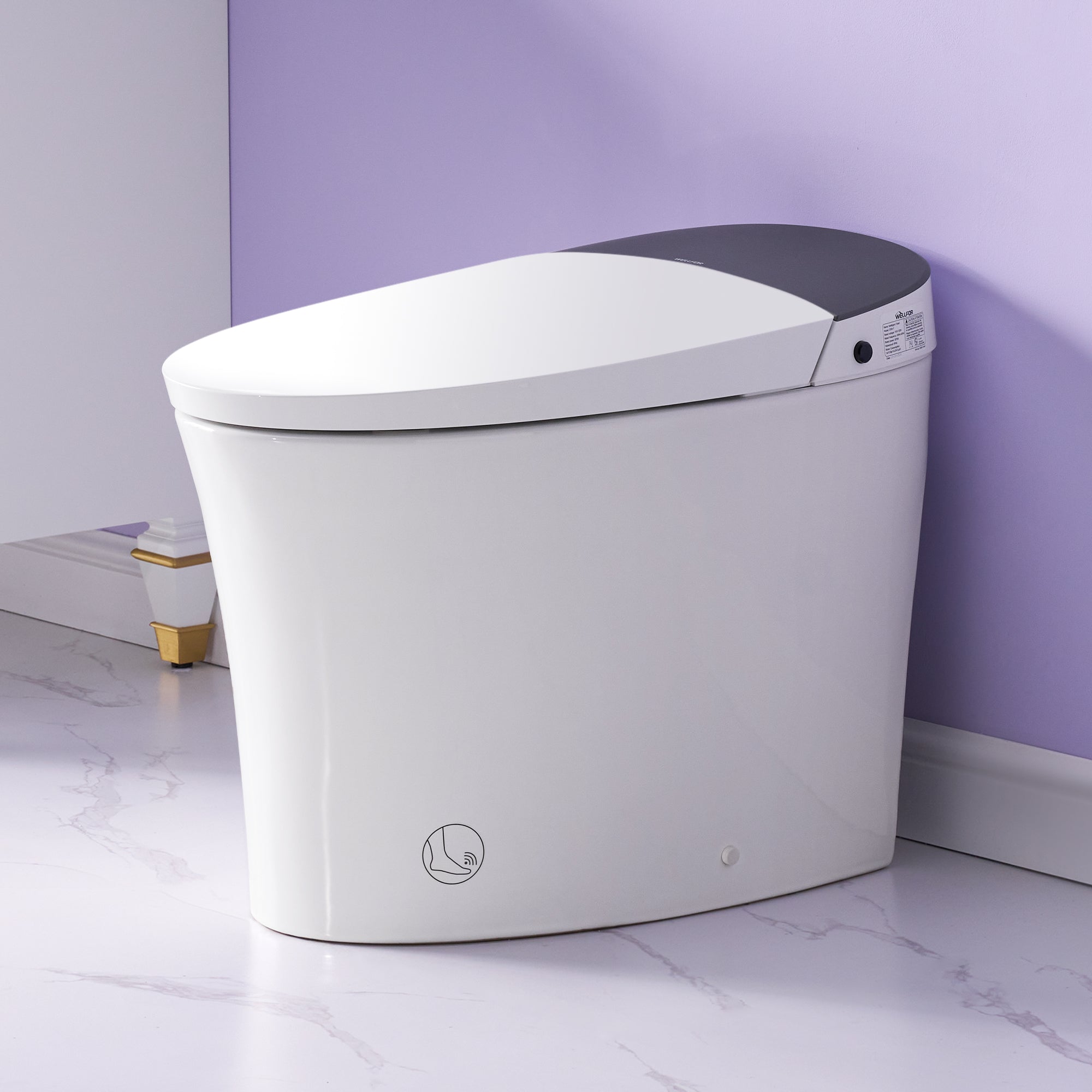
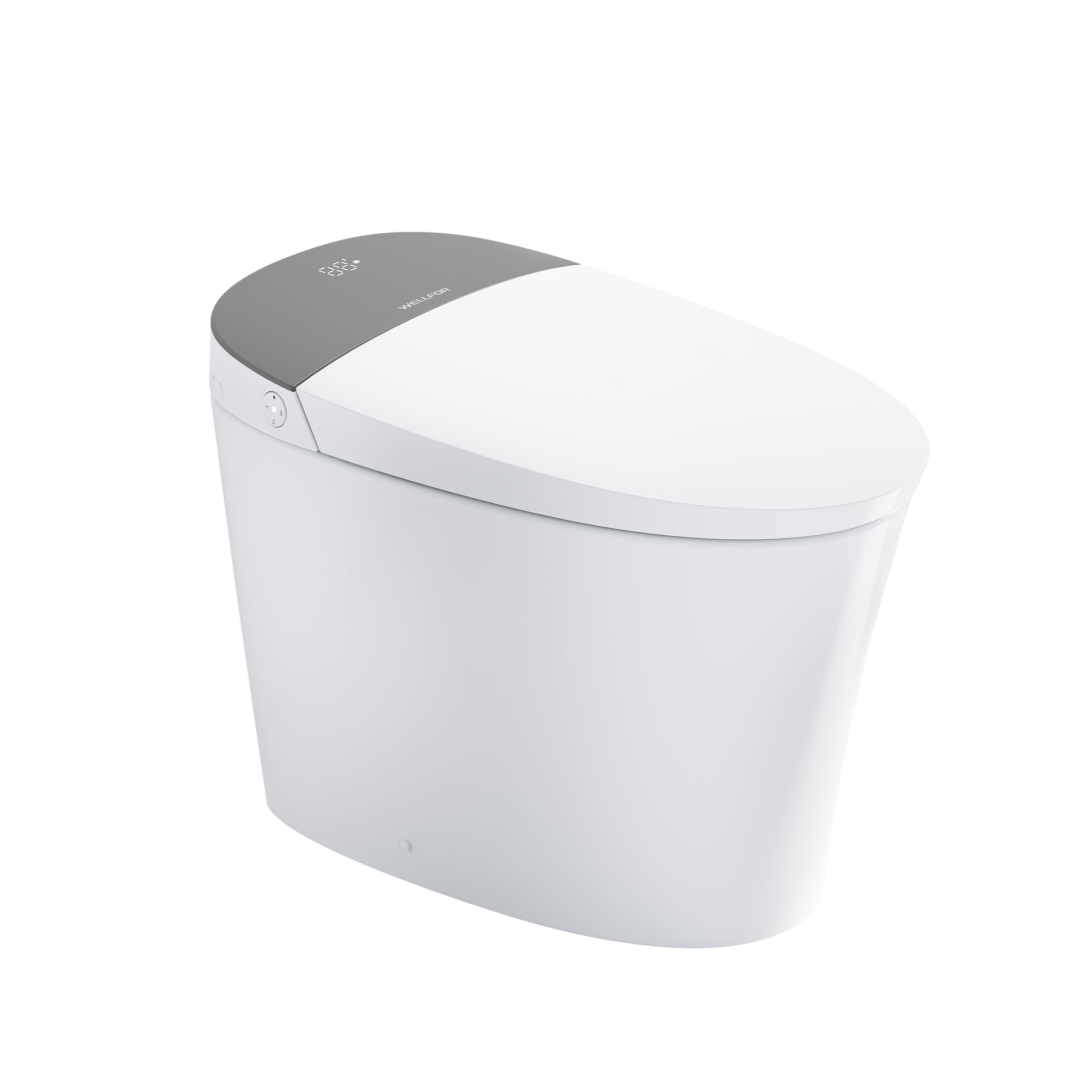
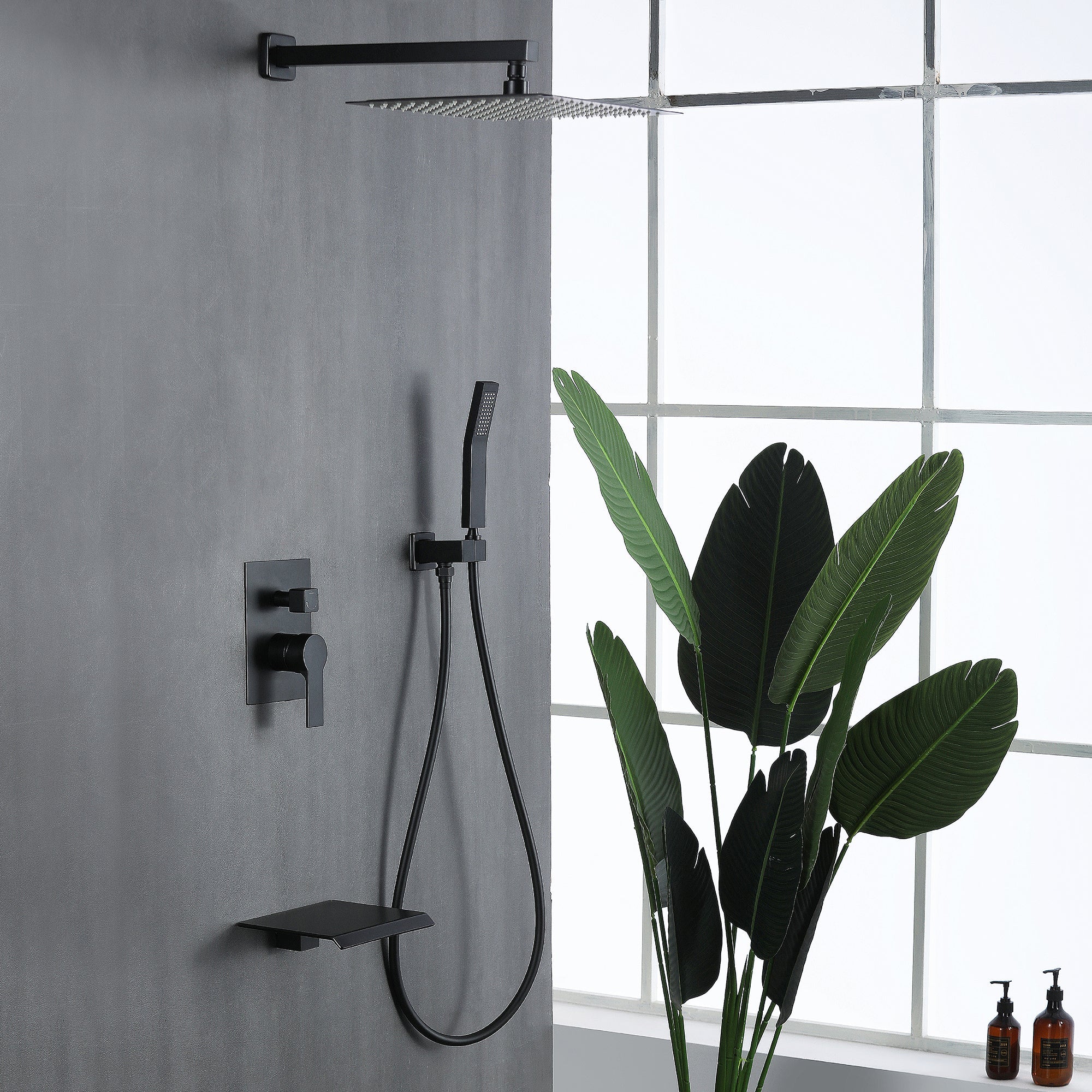
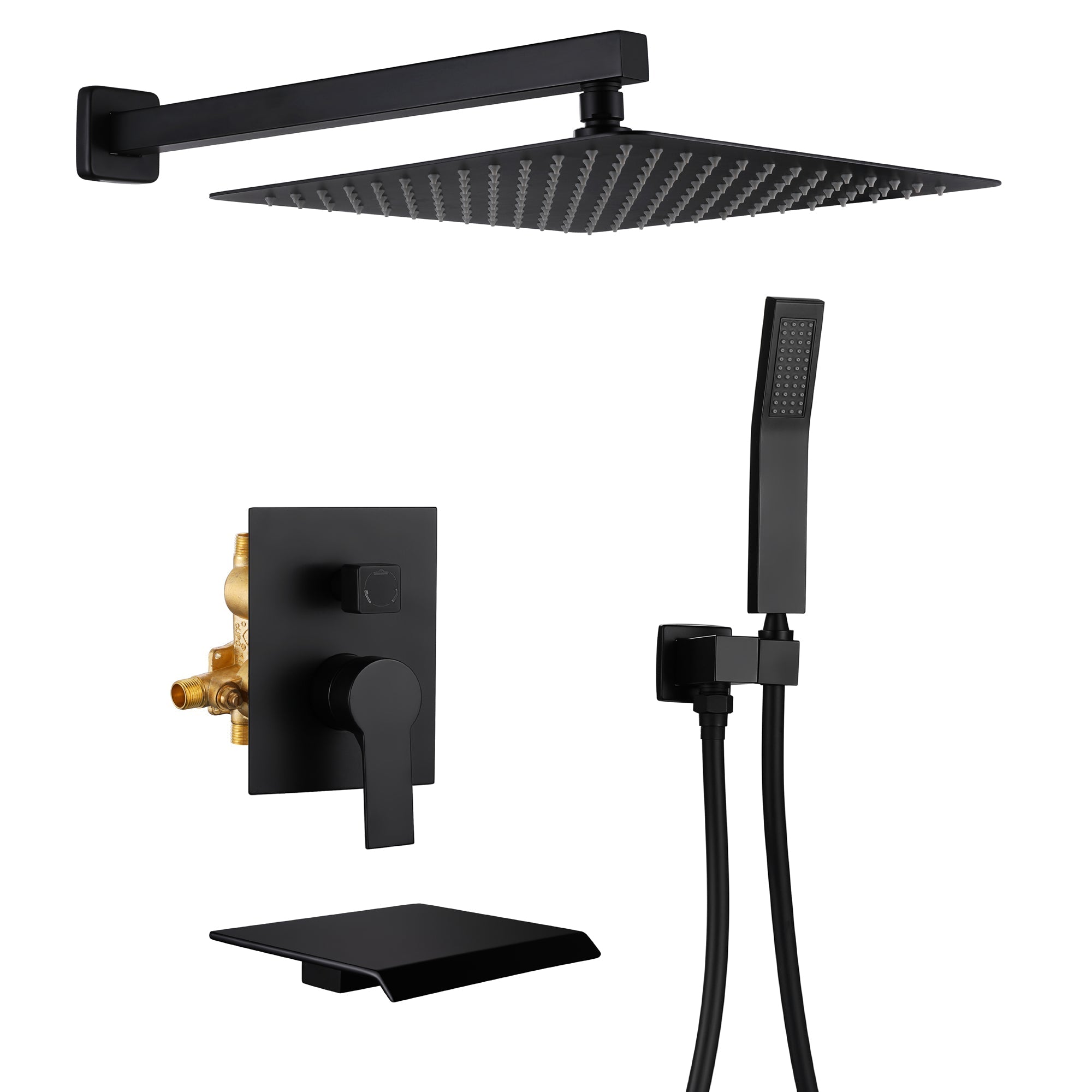
Leave a comment
This site is protected by hCaptcha and the hCaptcha Privacy Policy and Terms of Service apply.